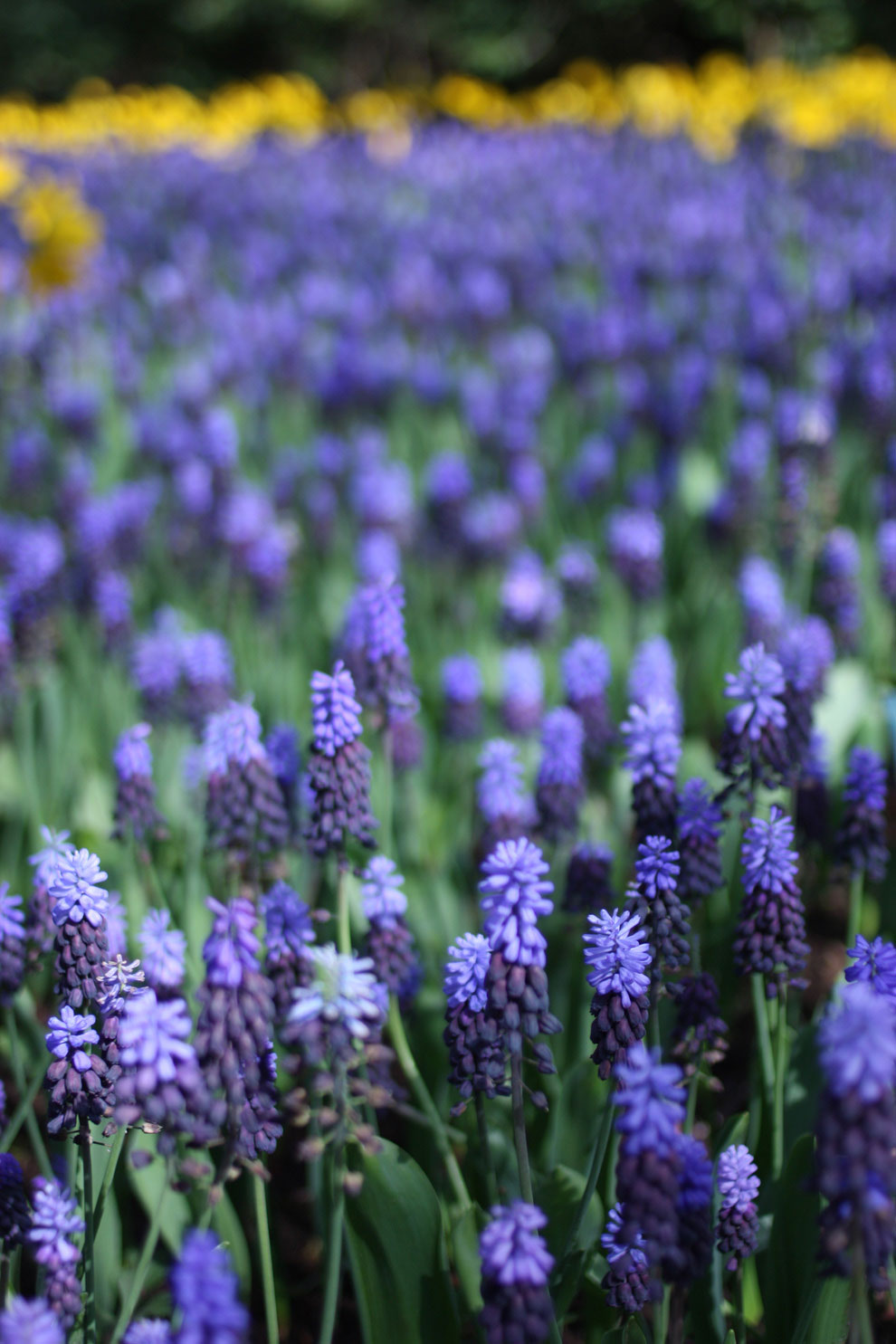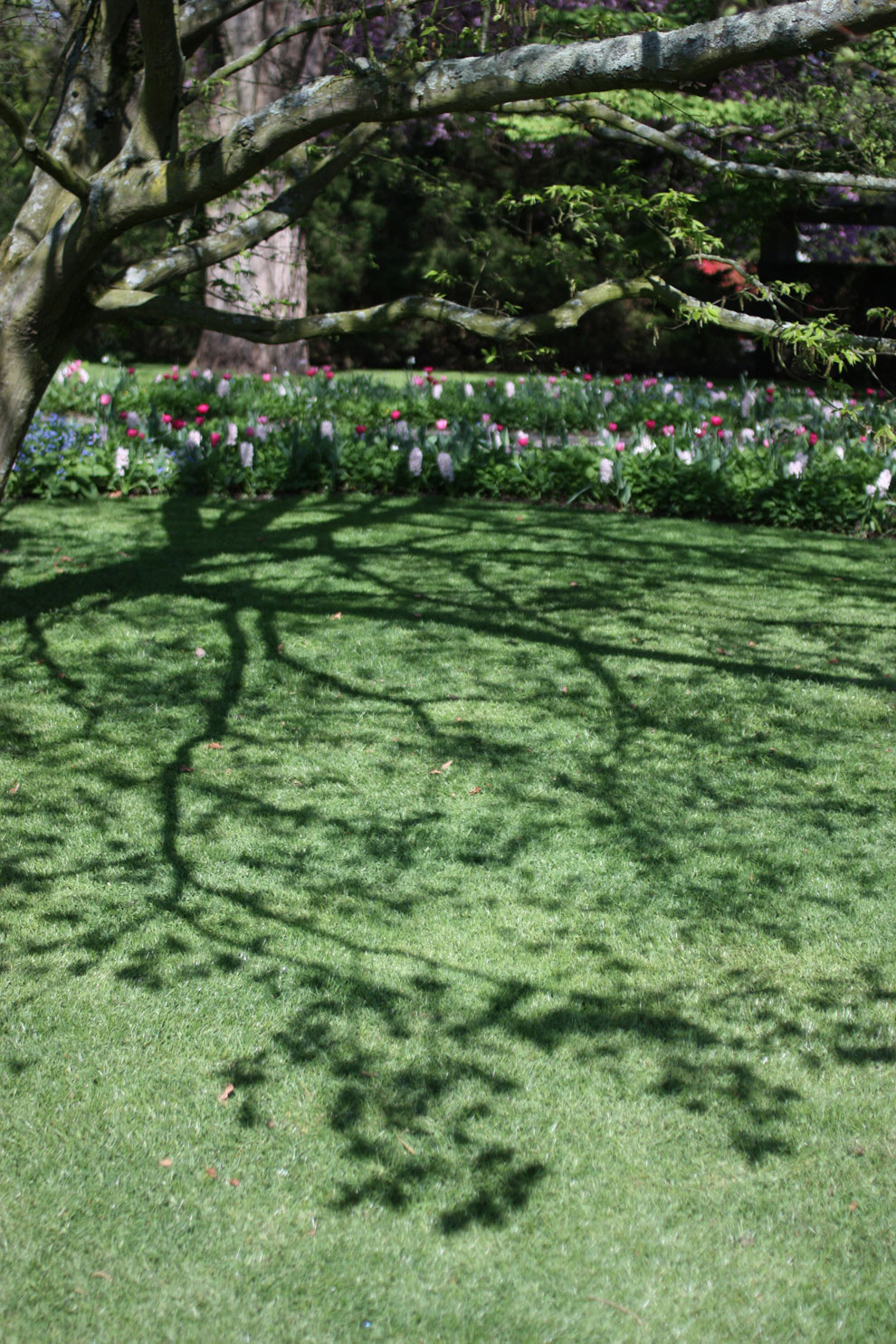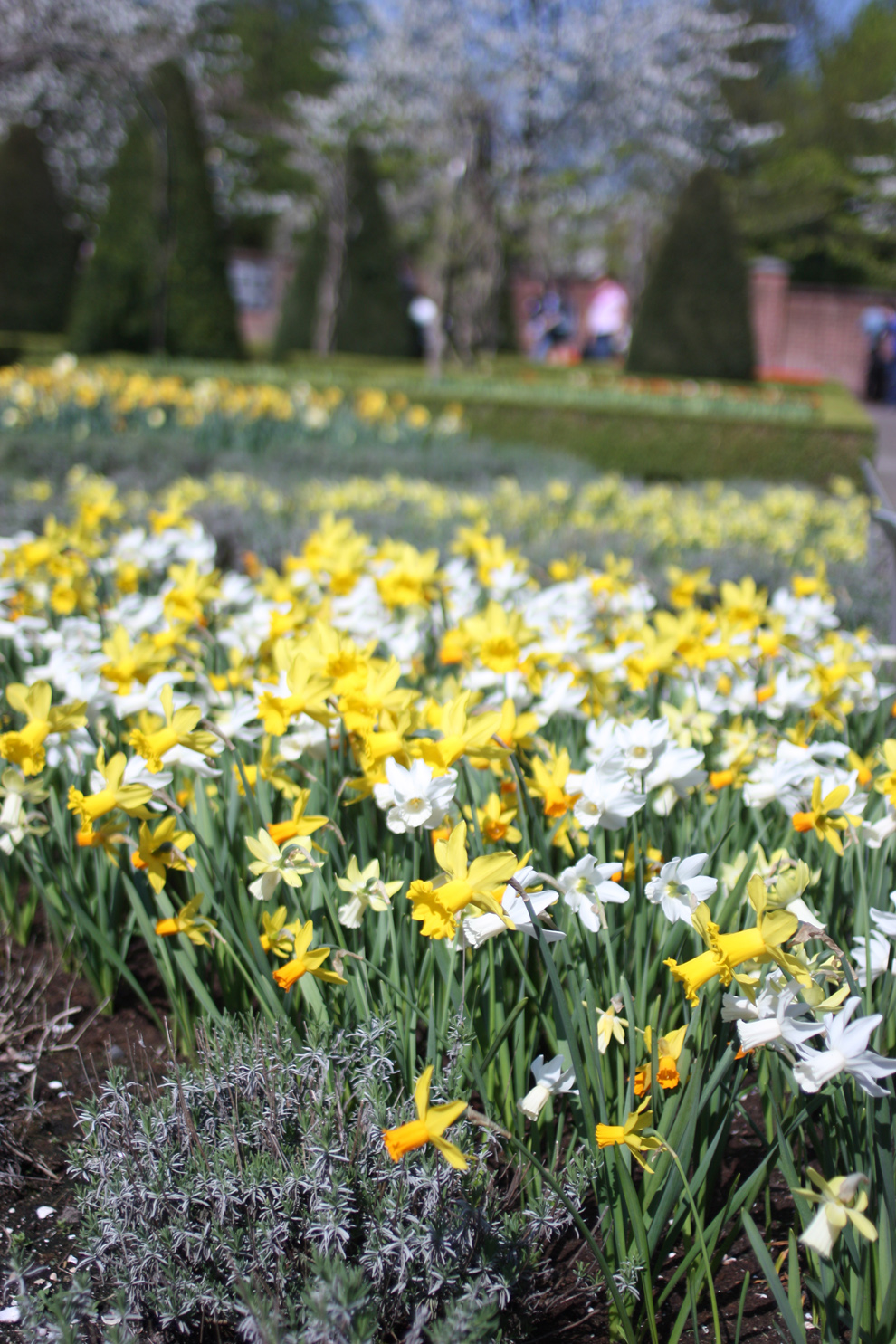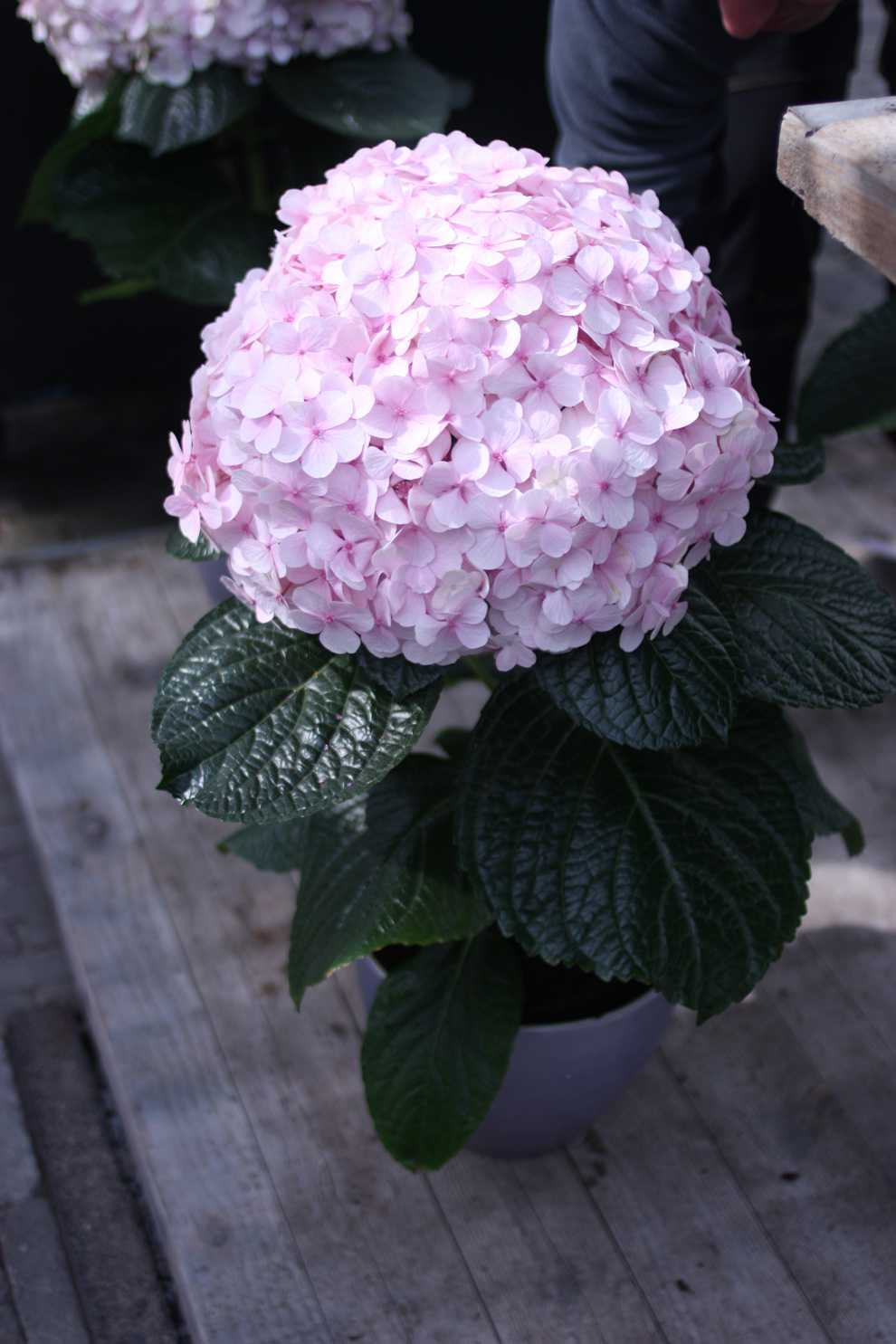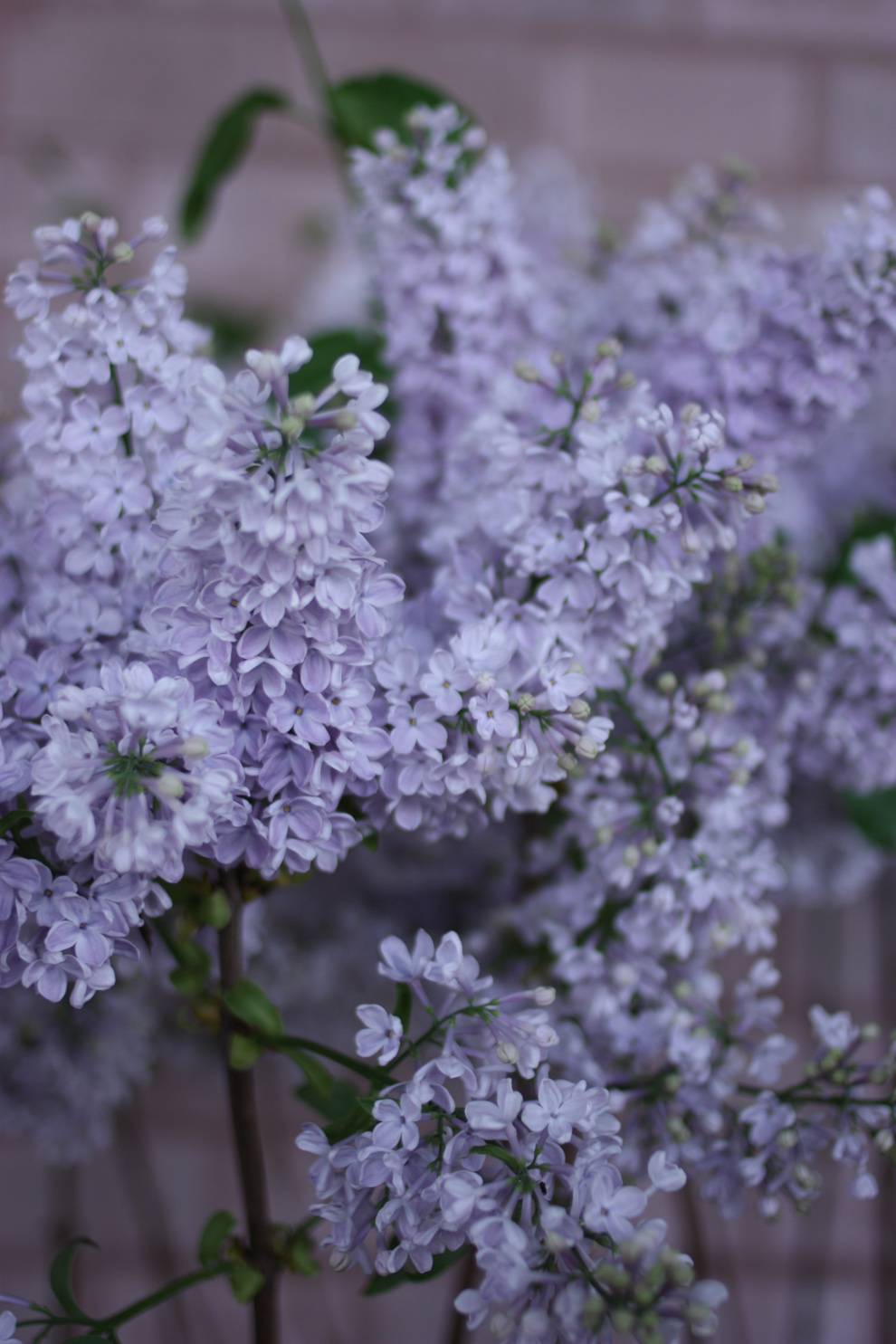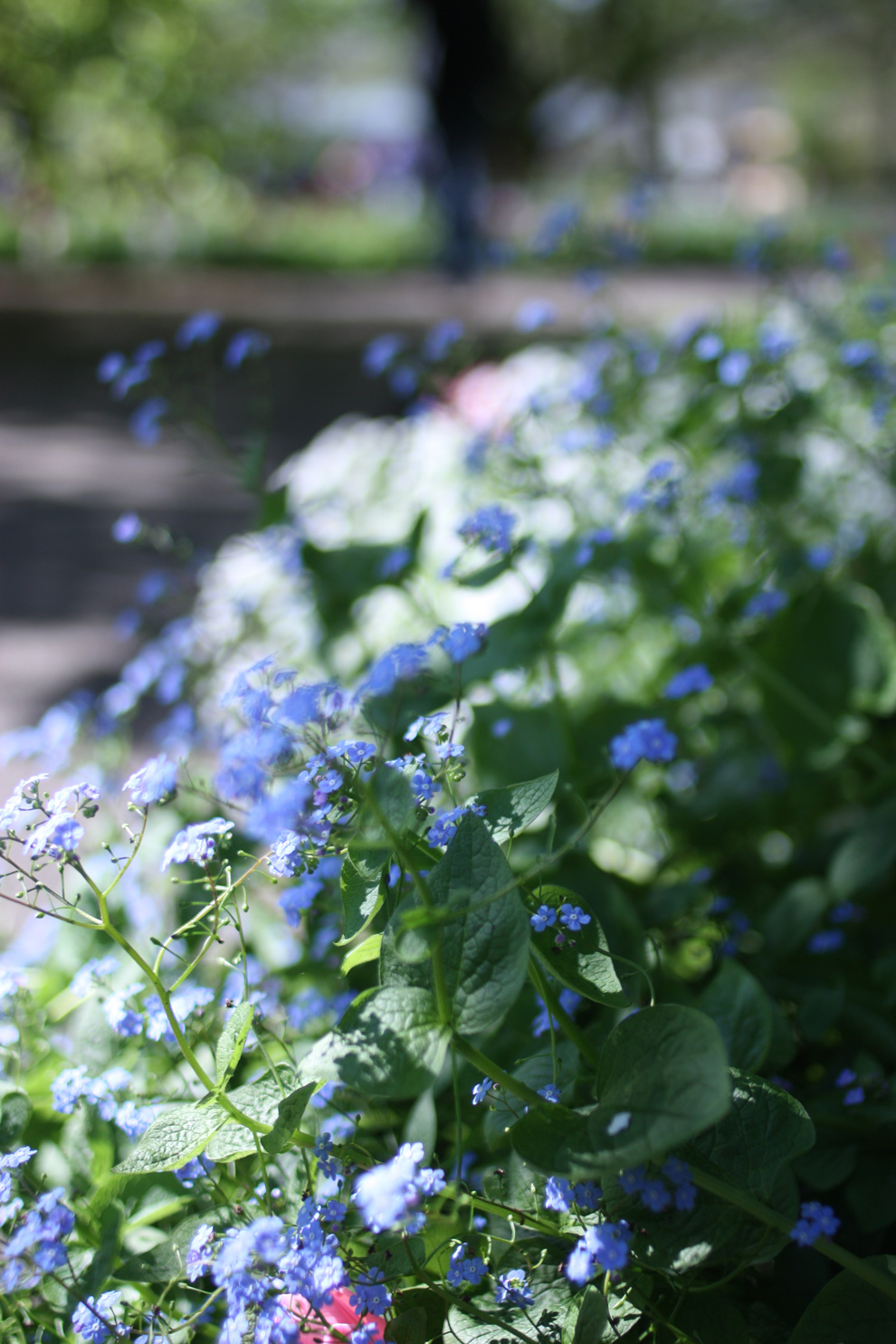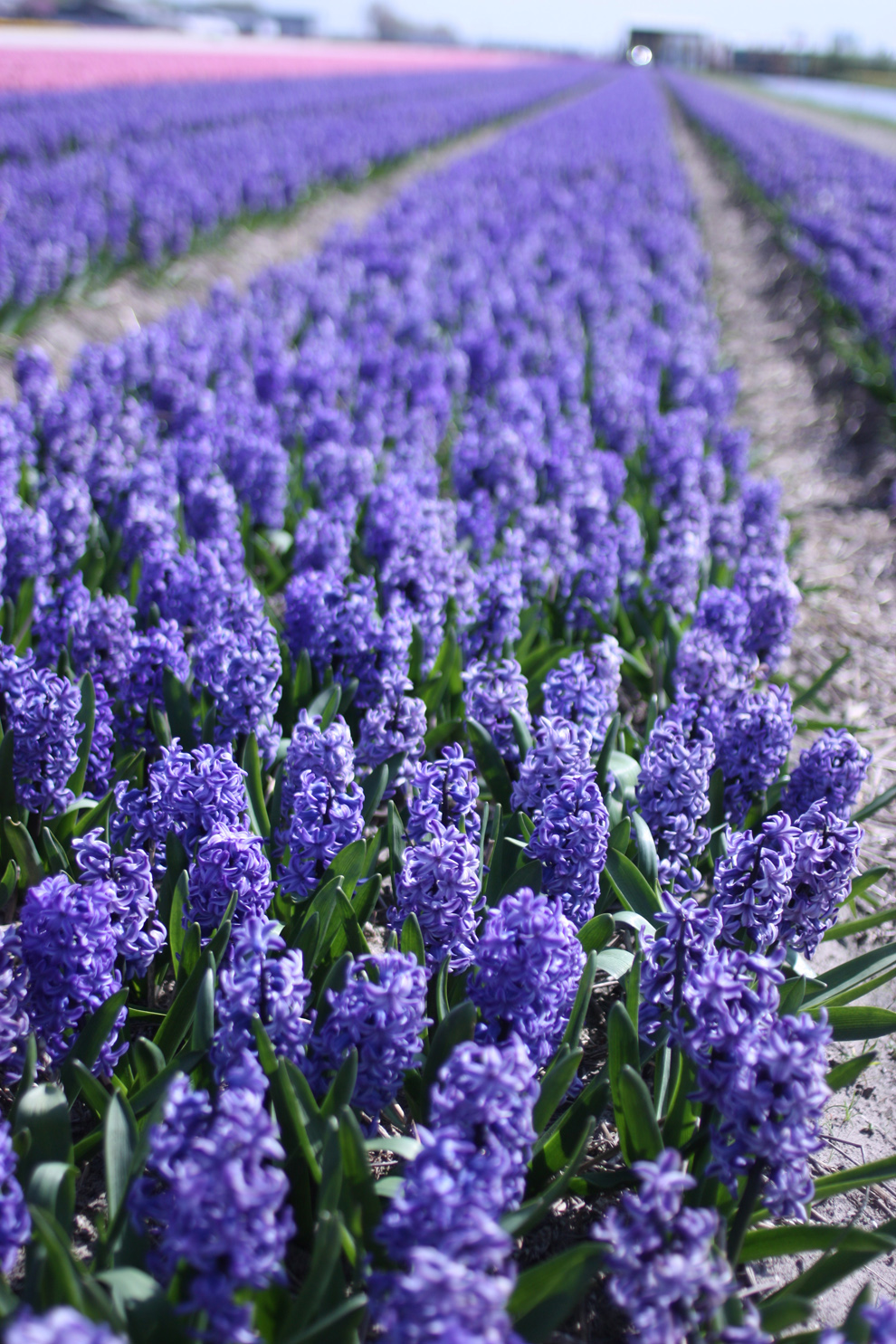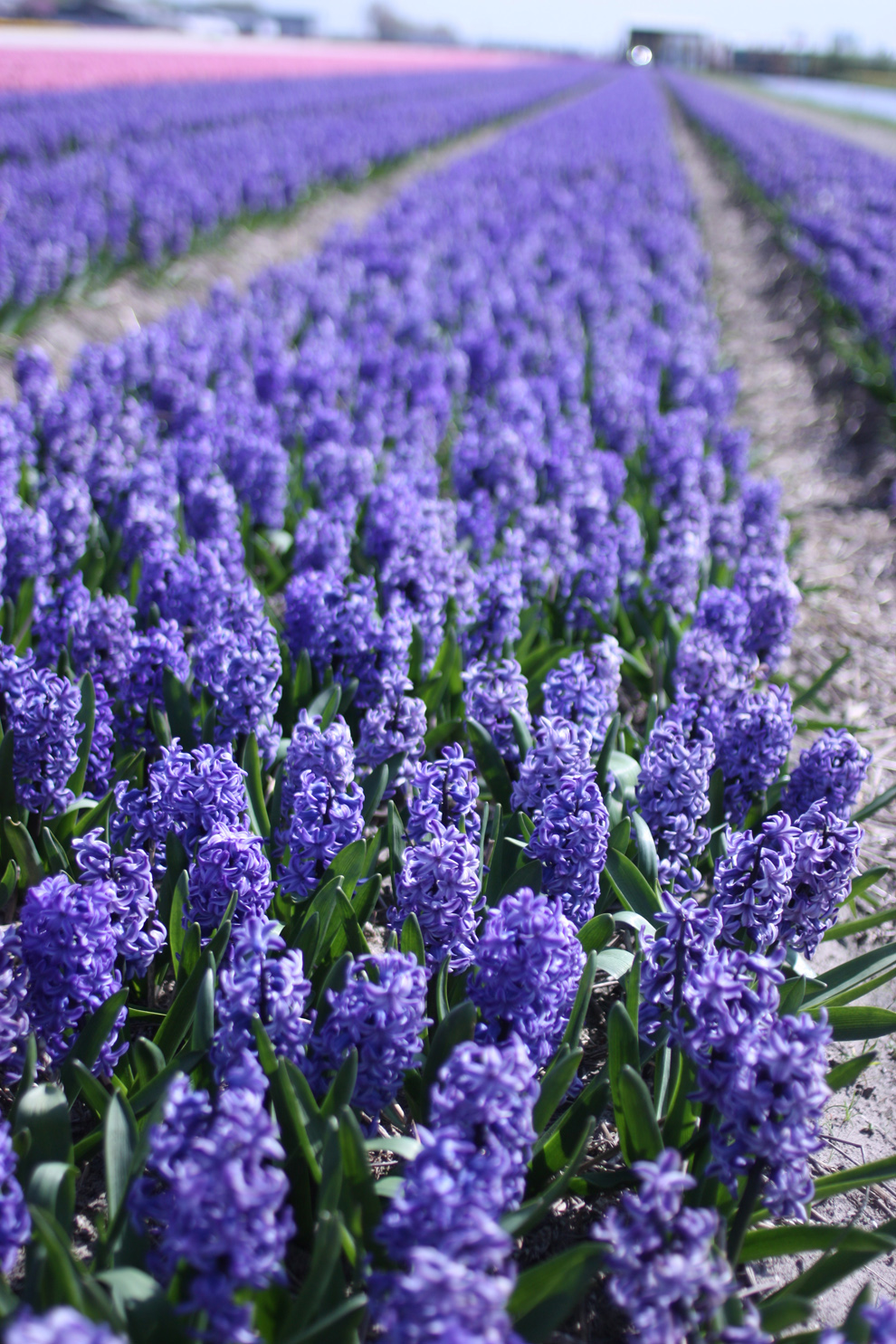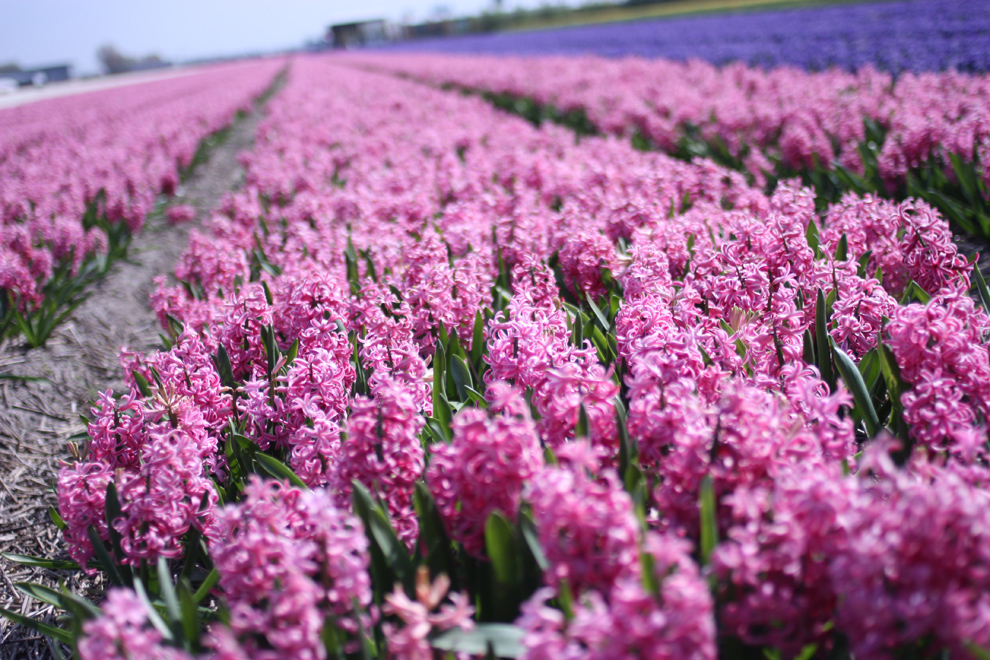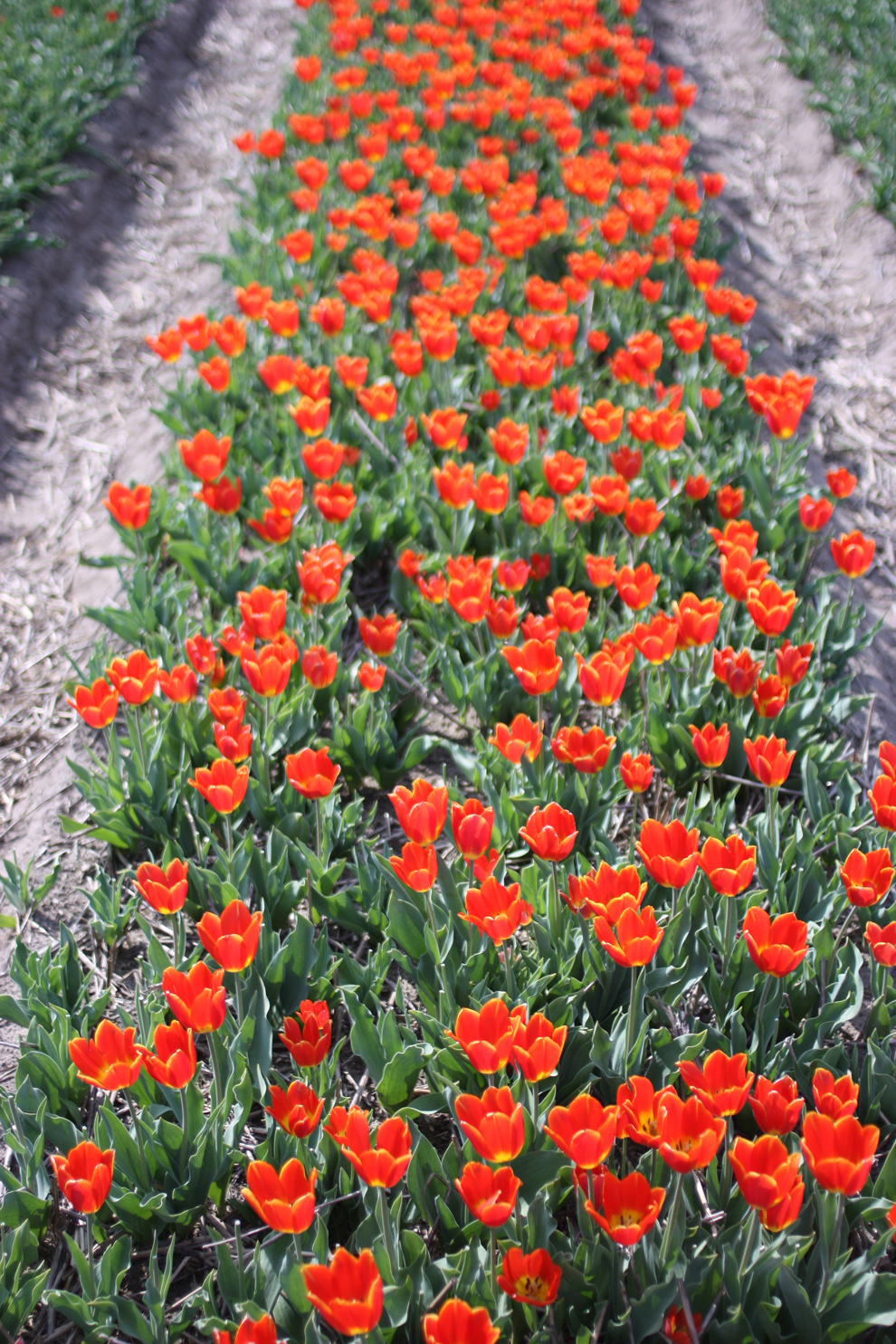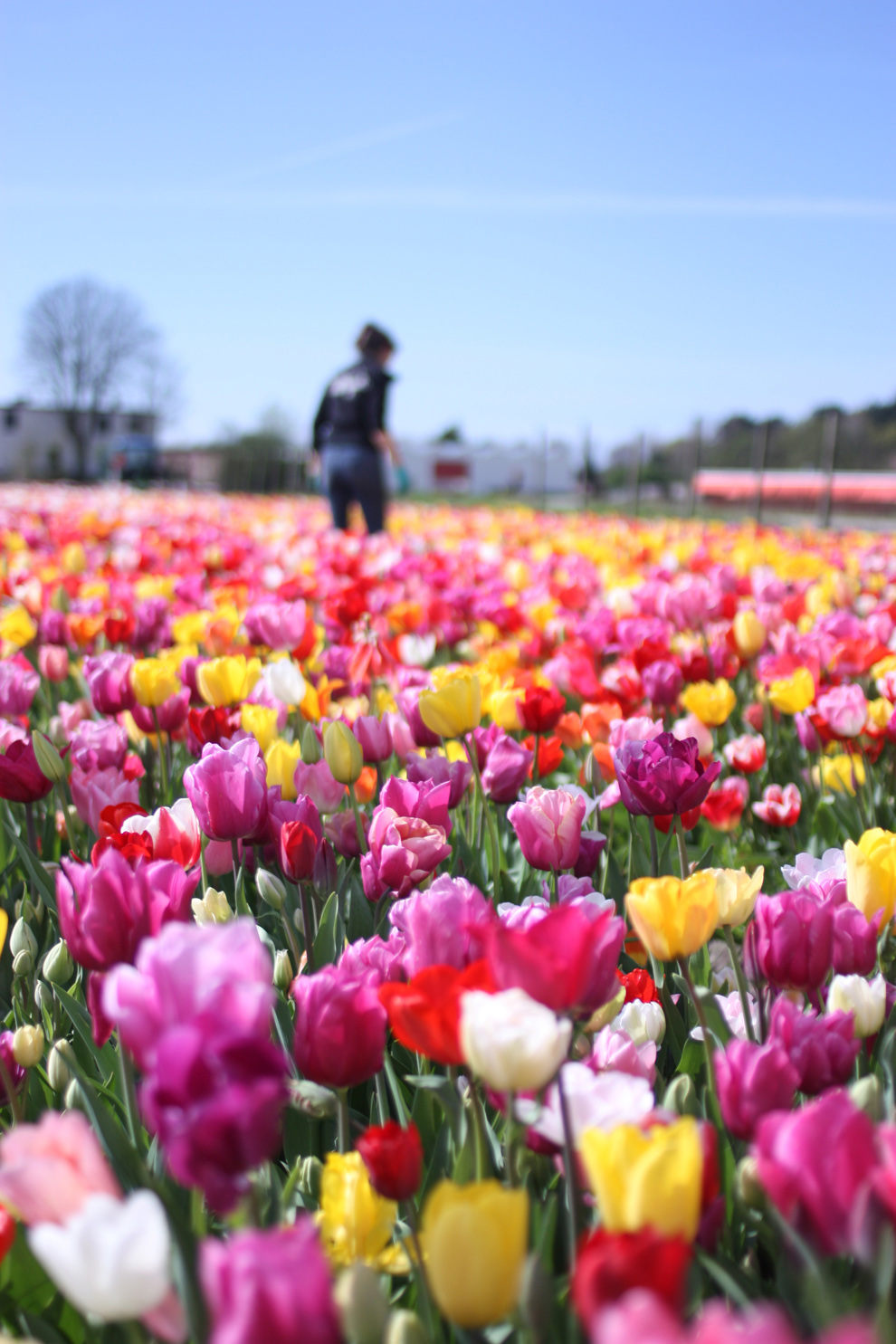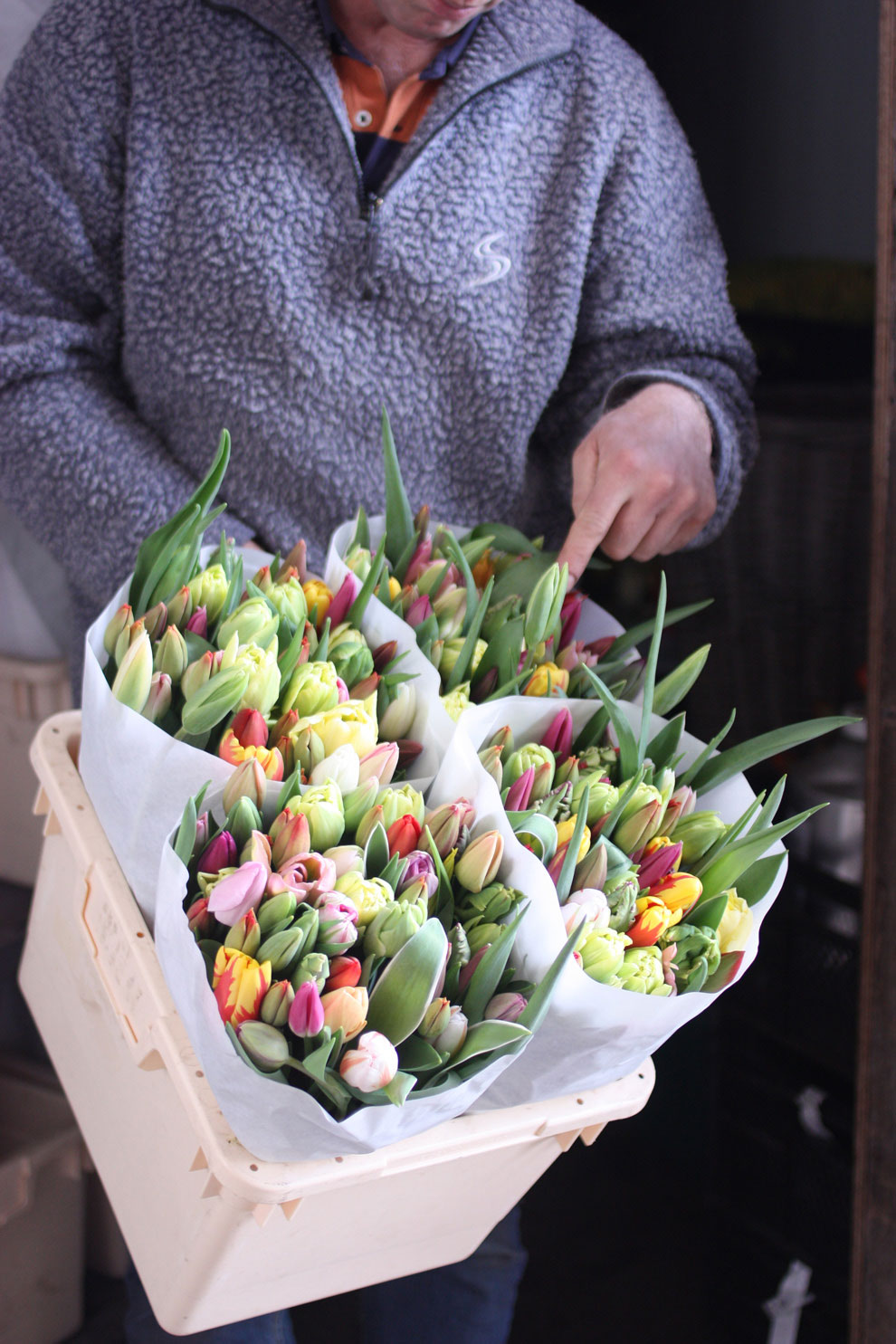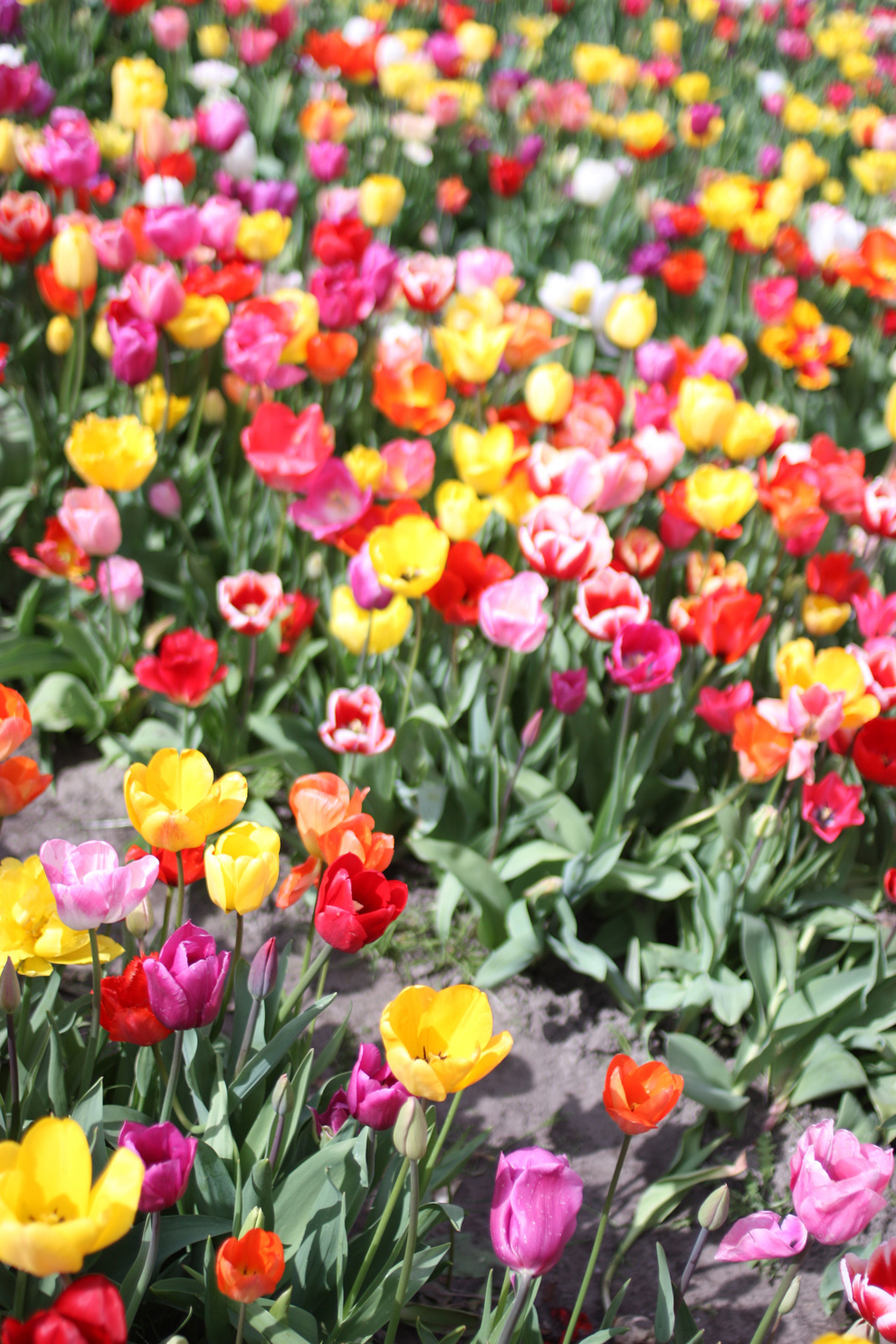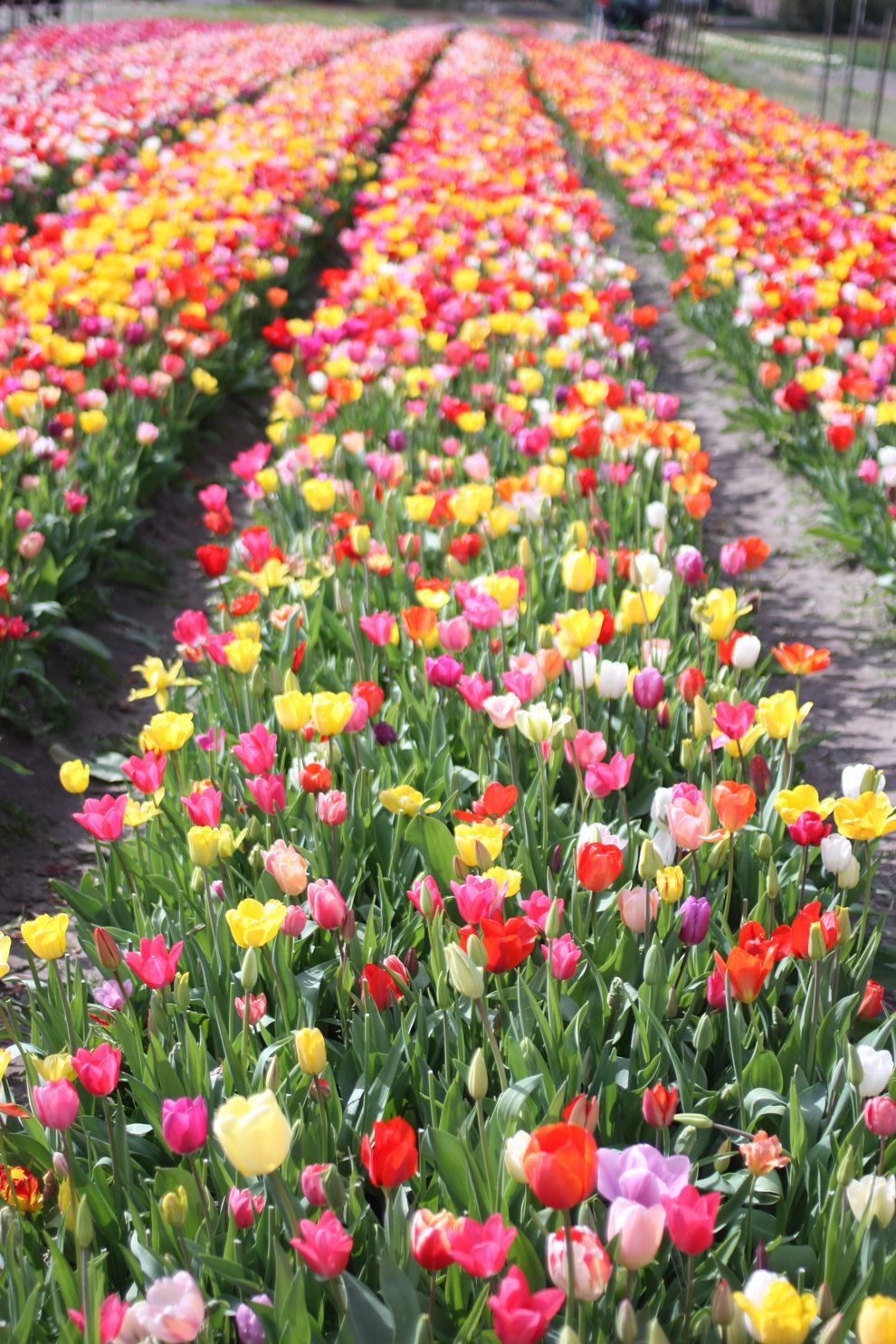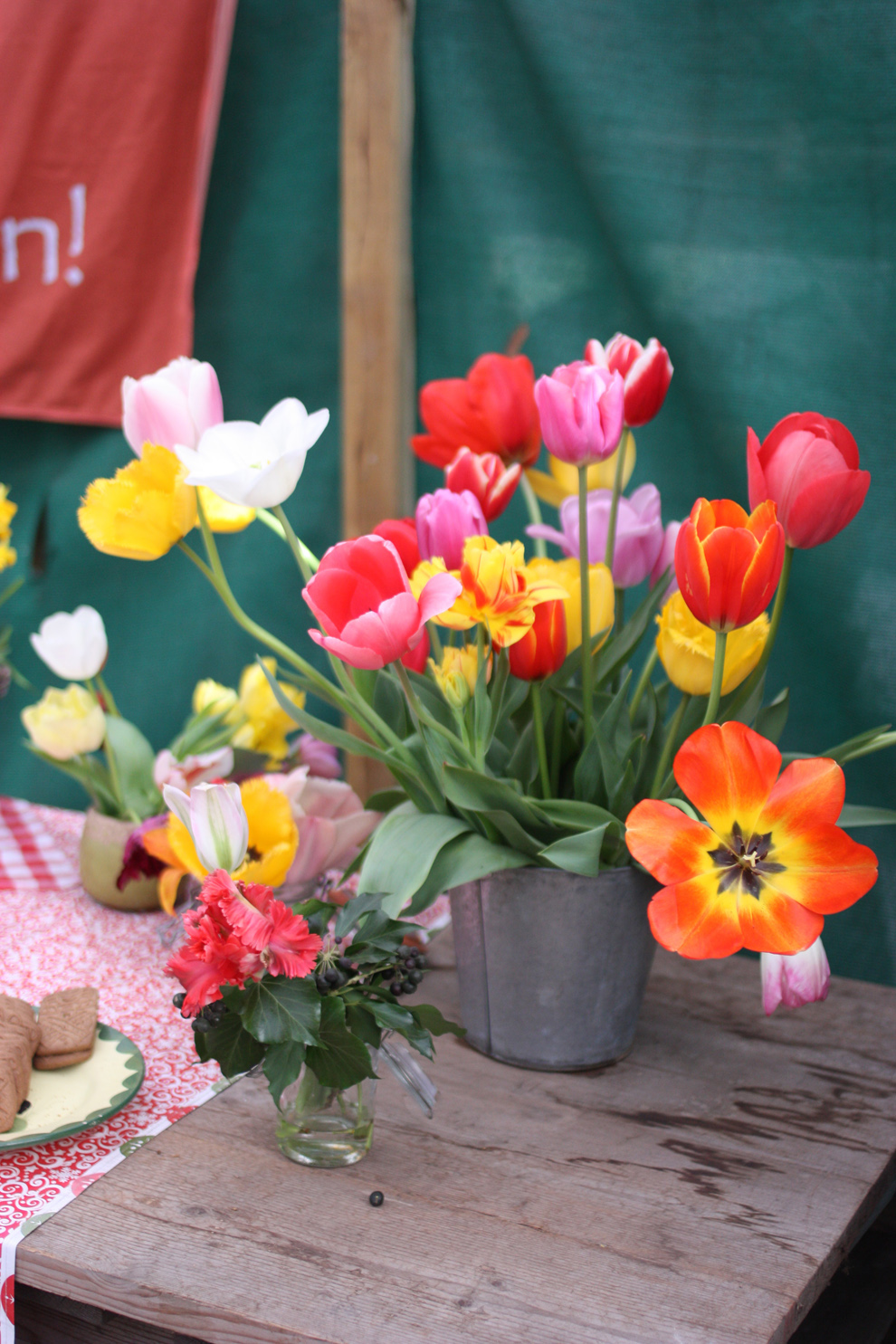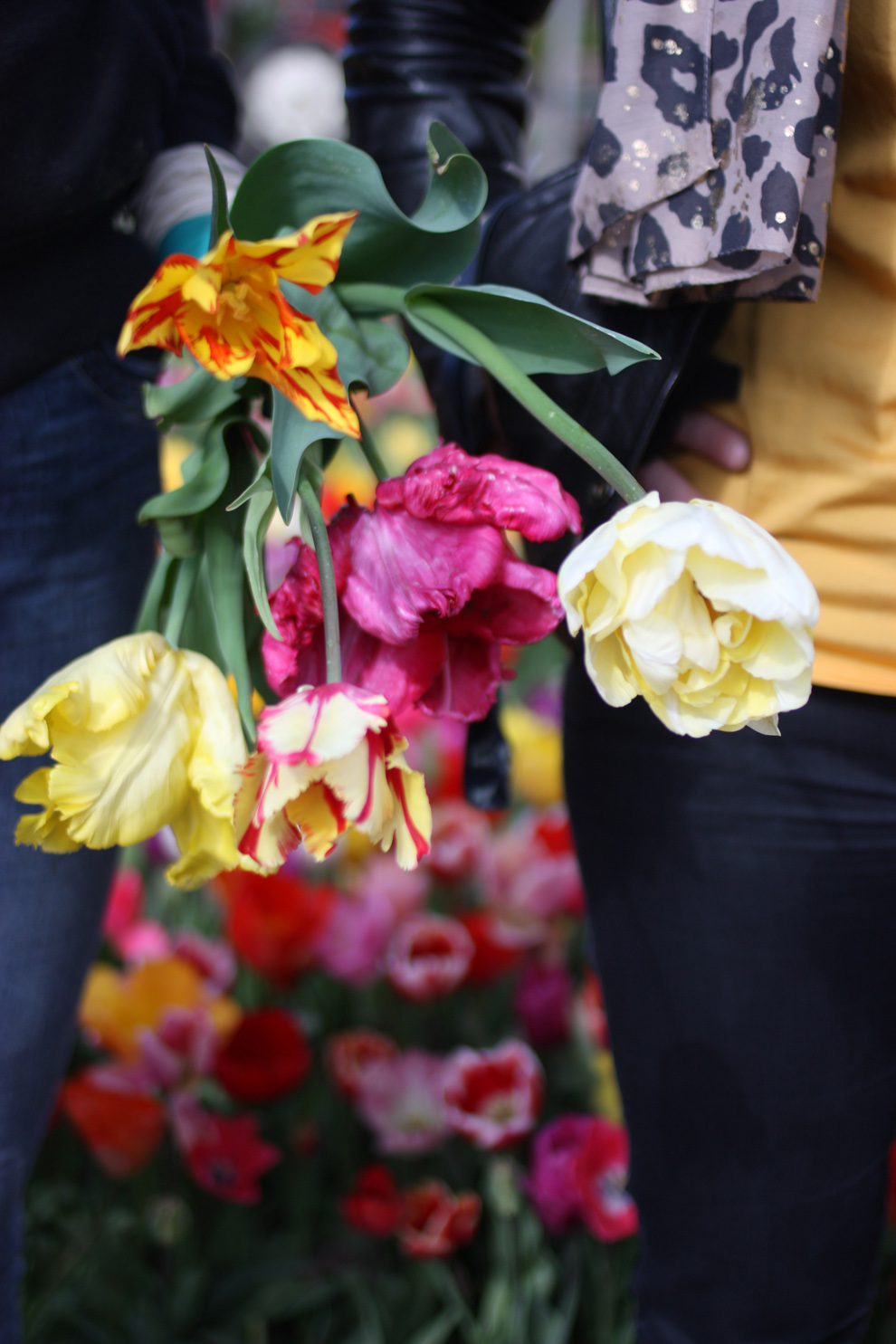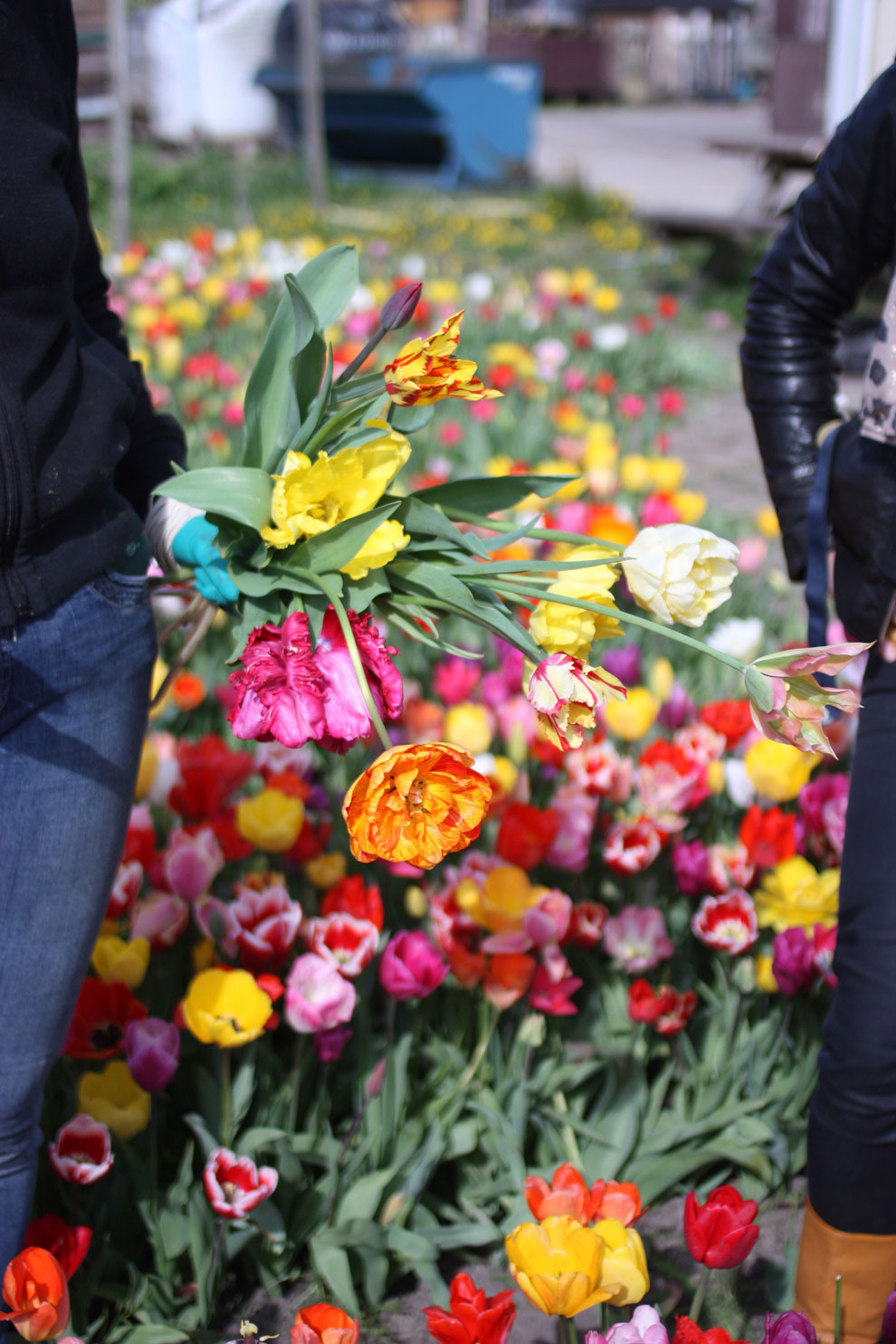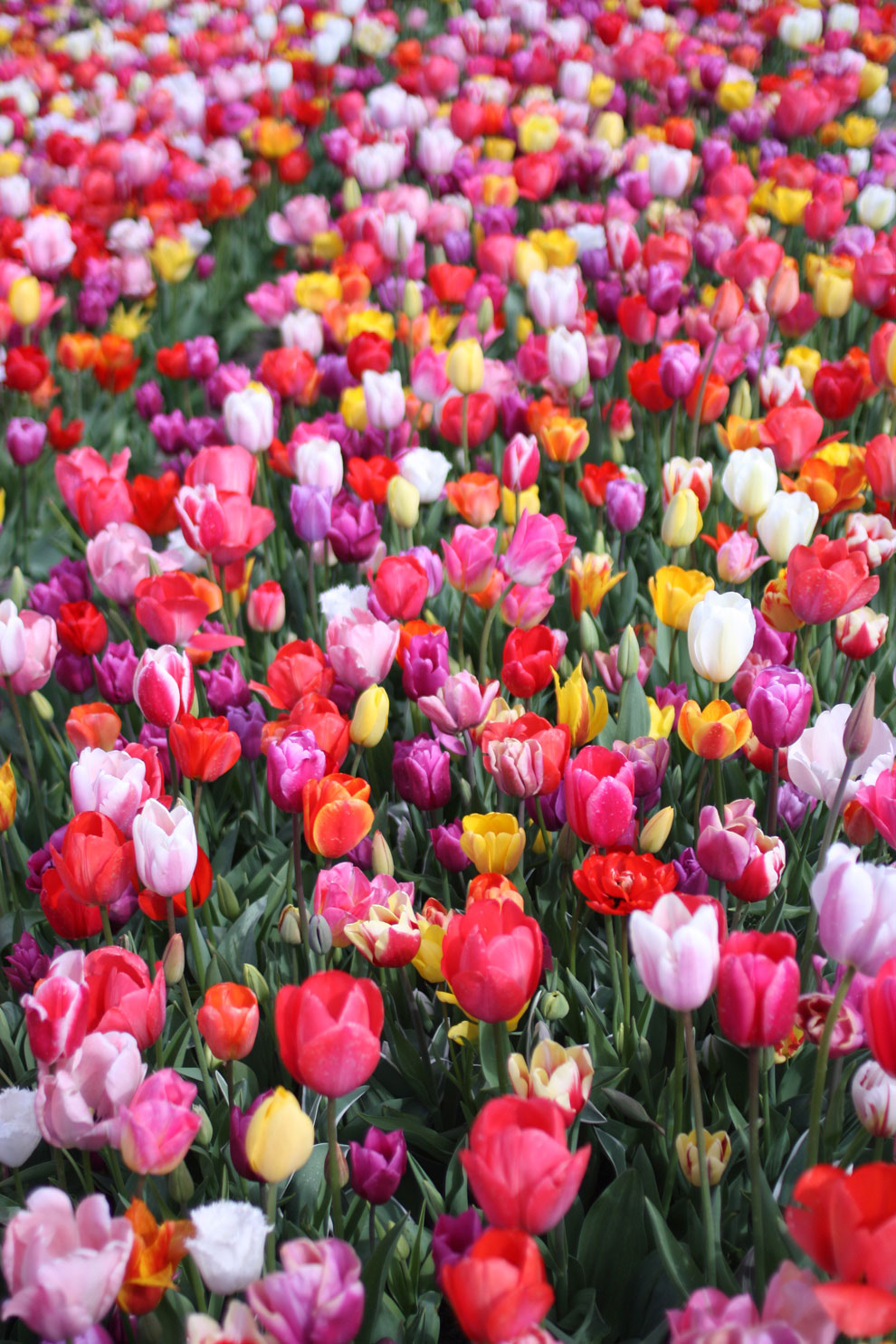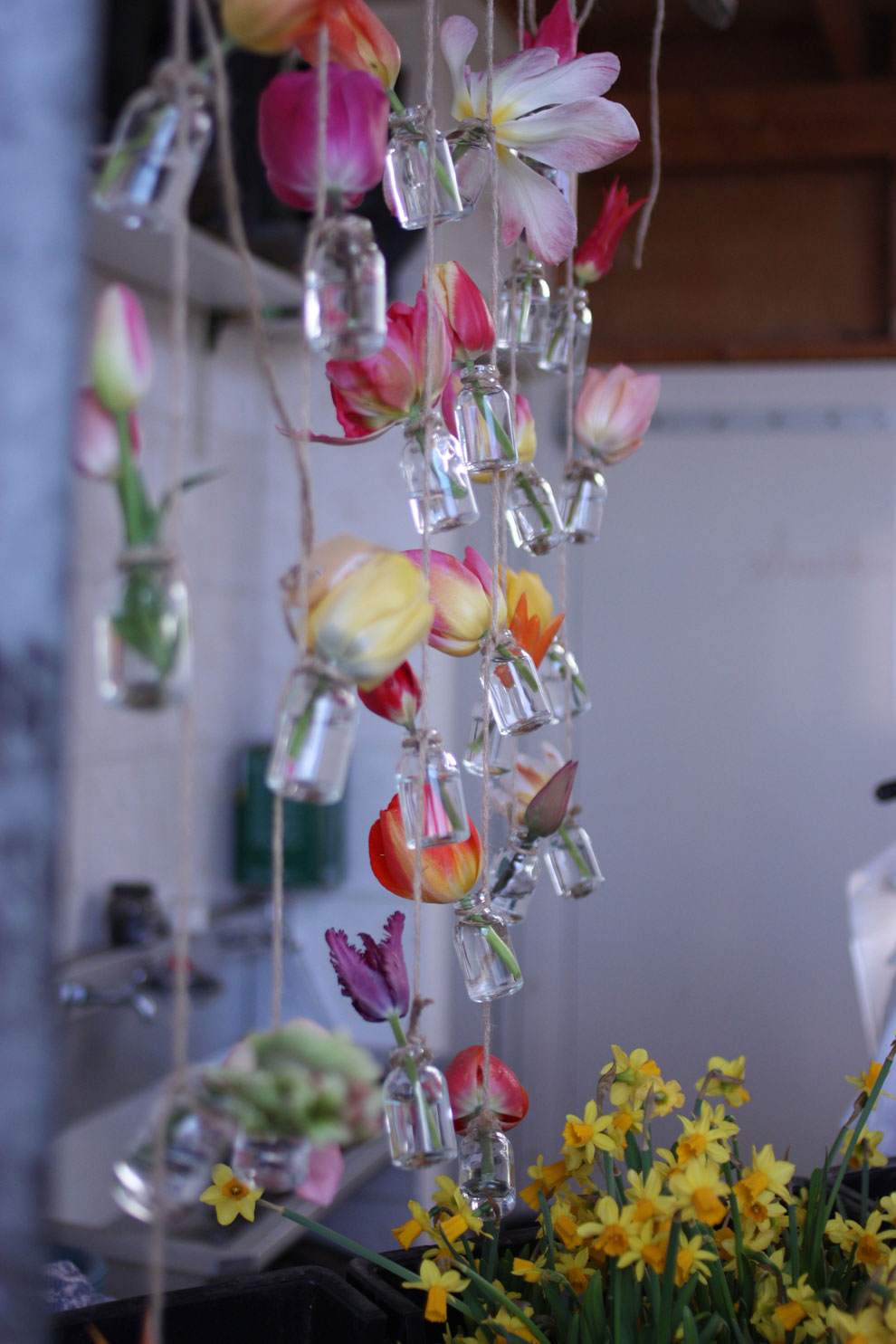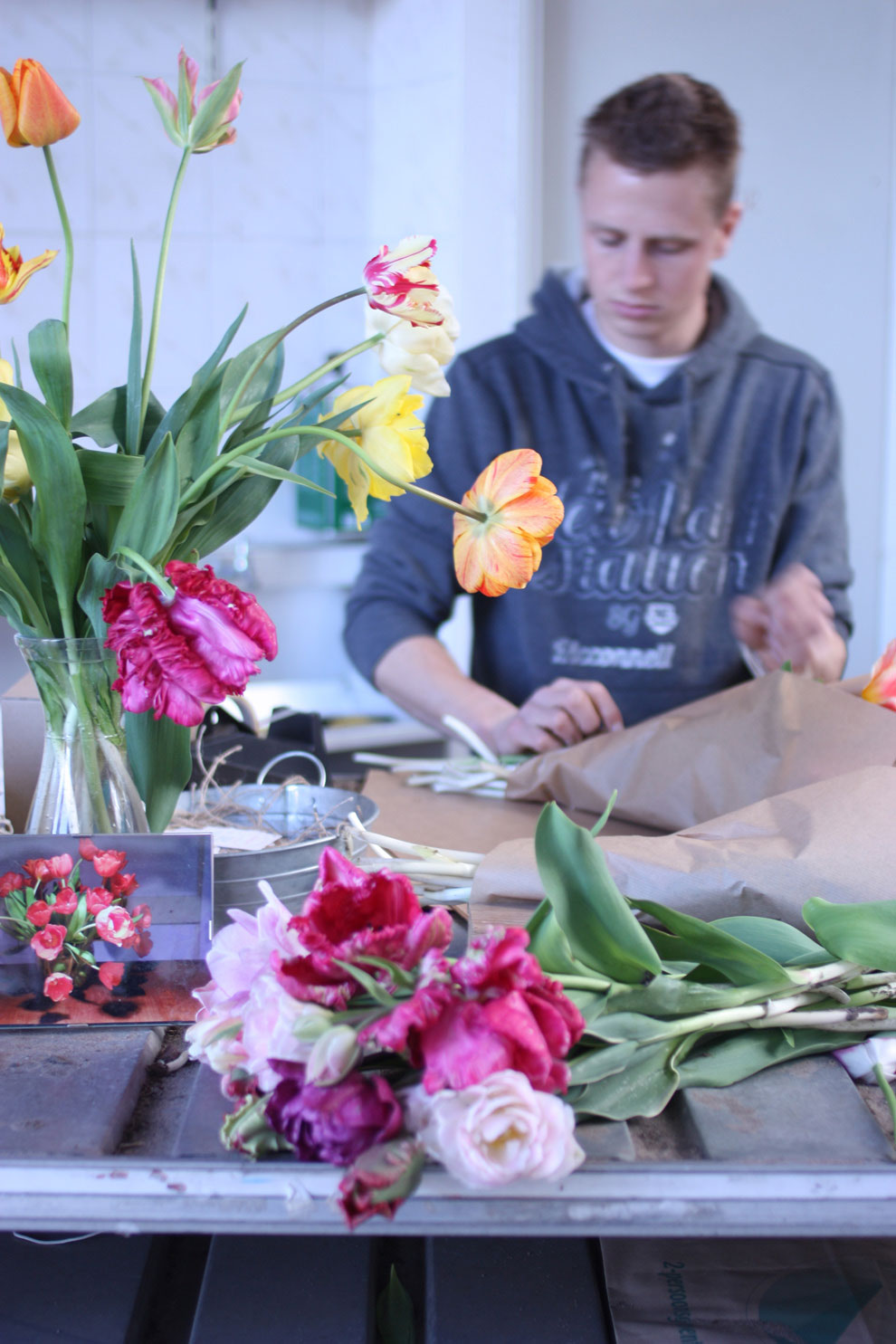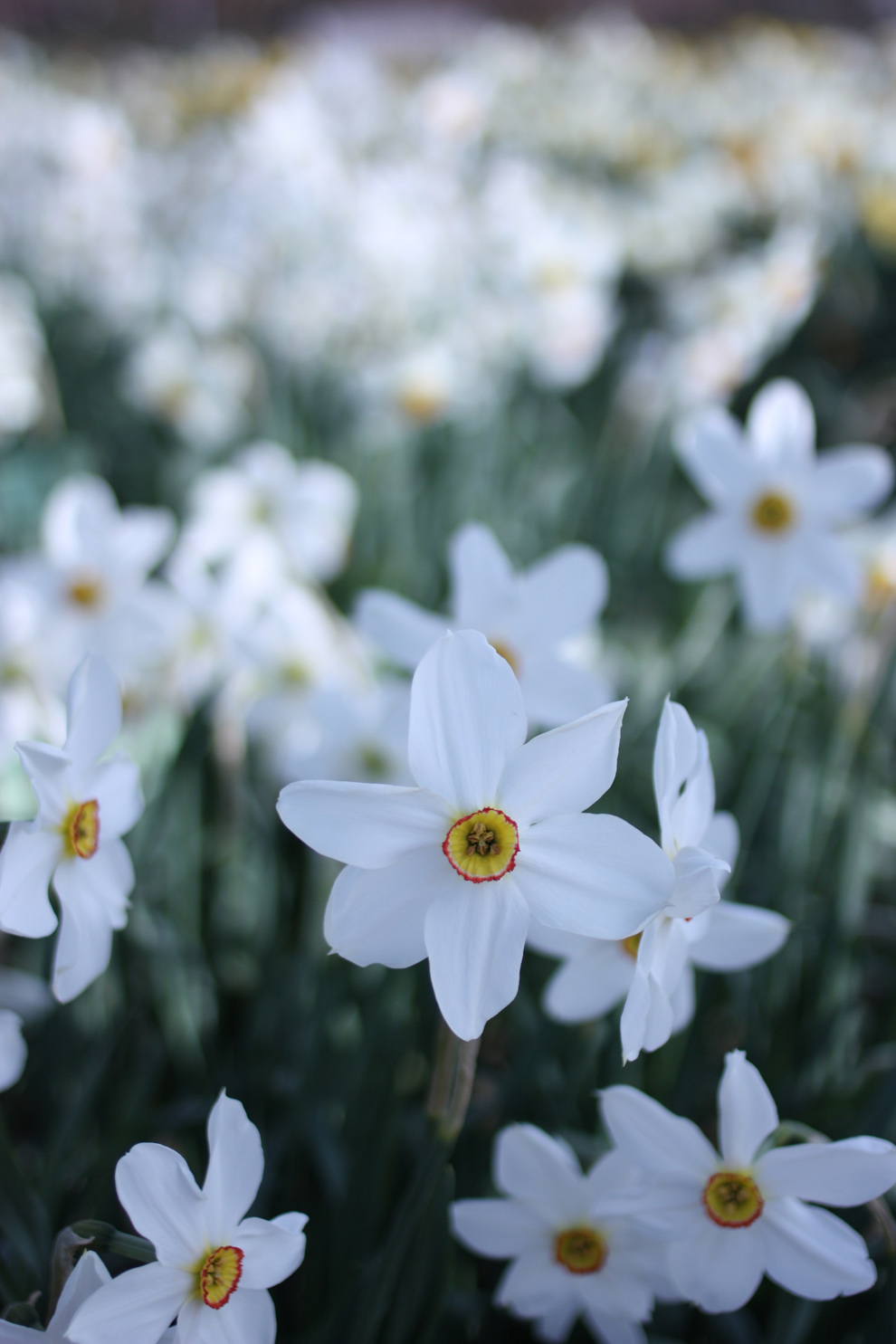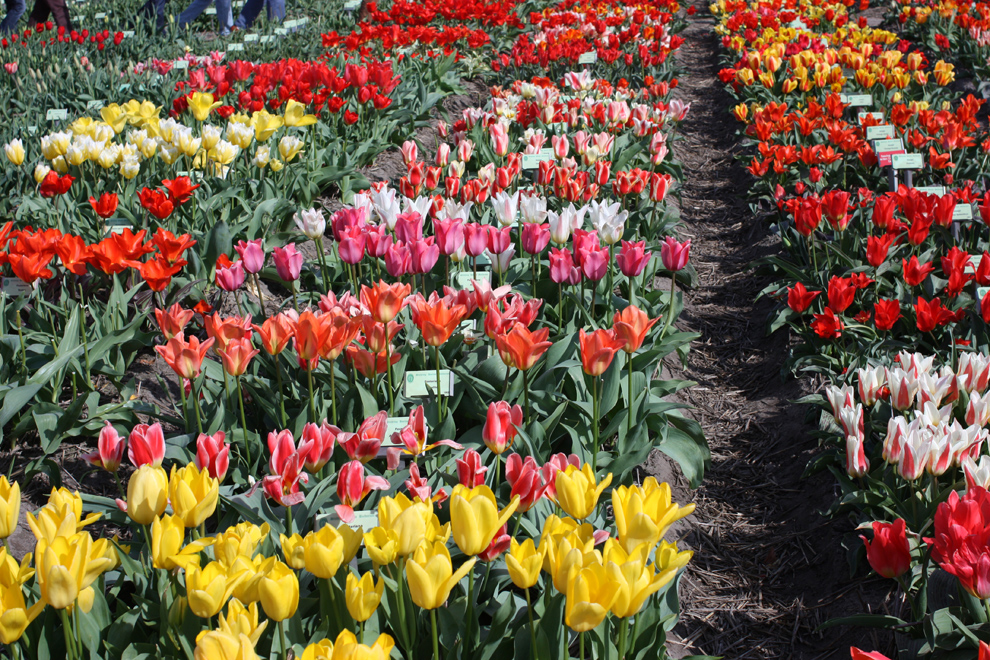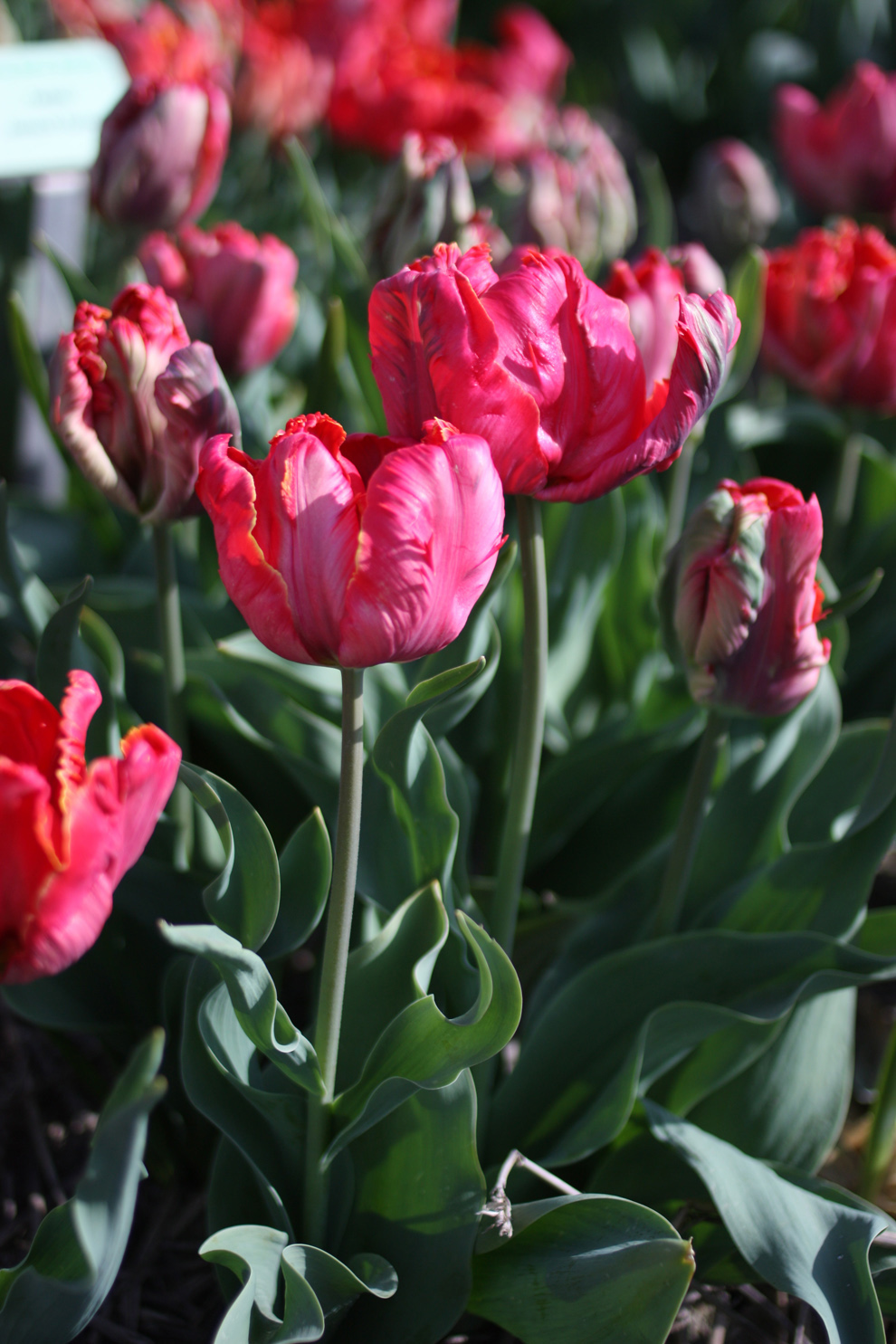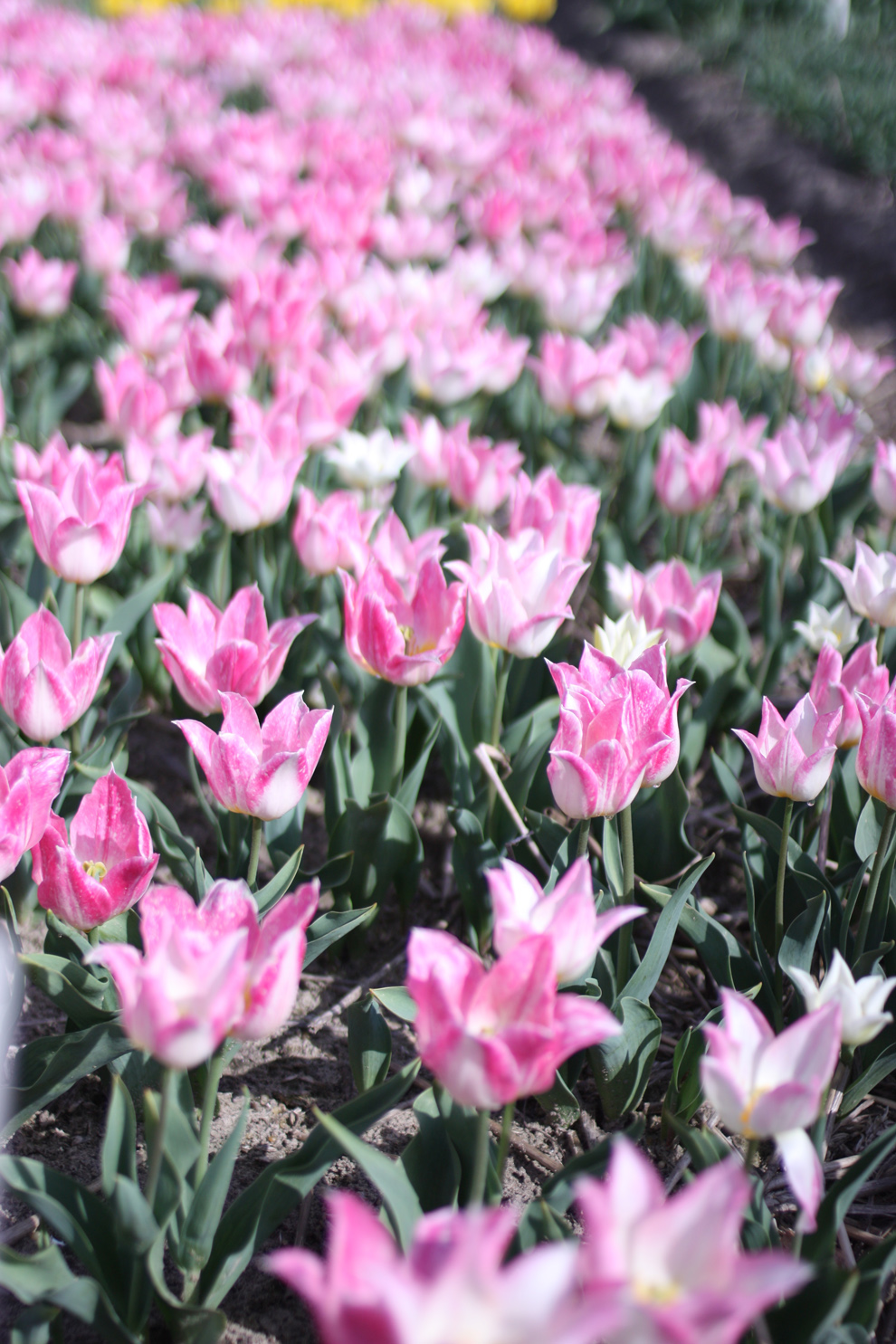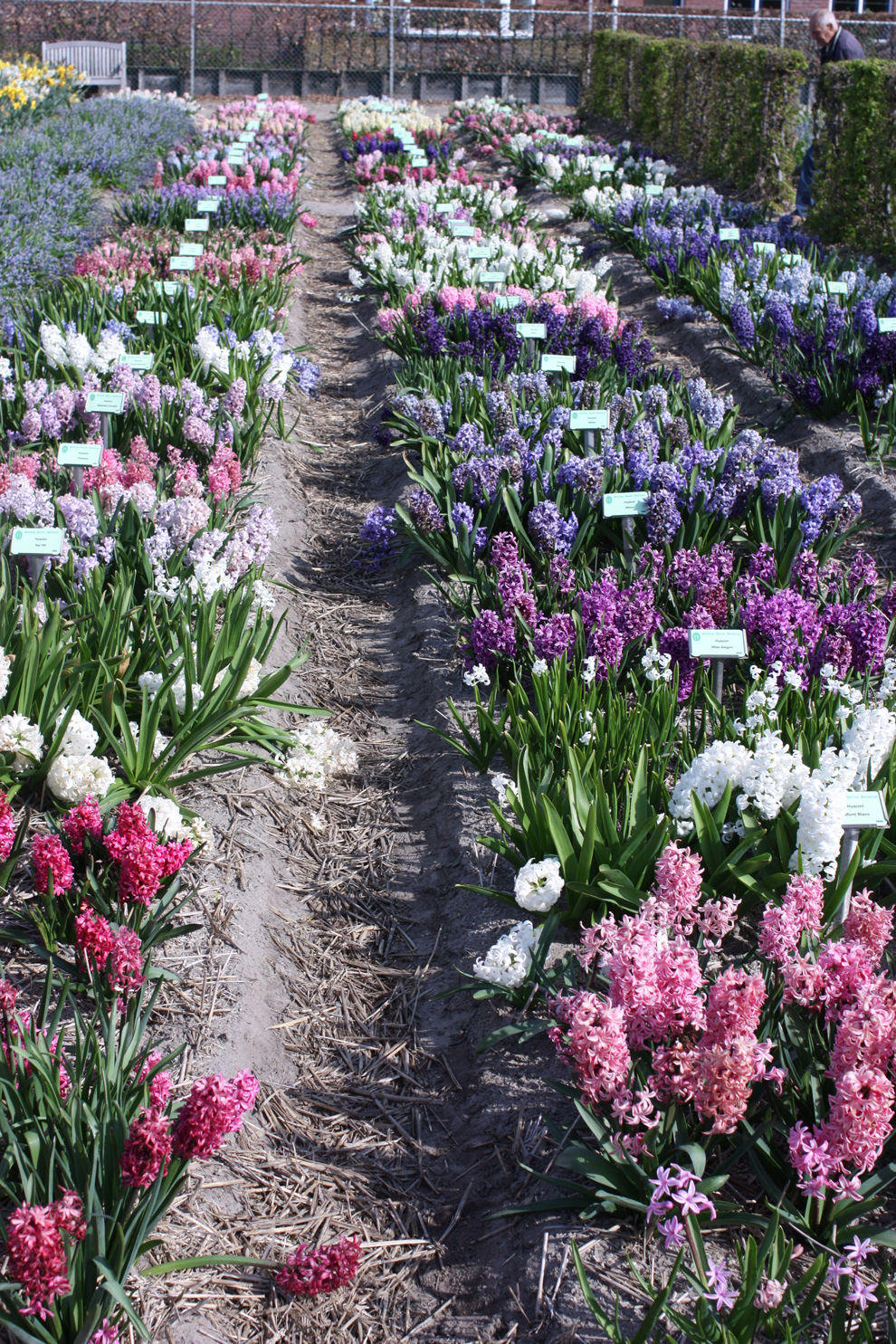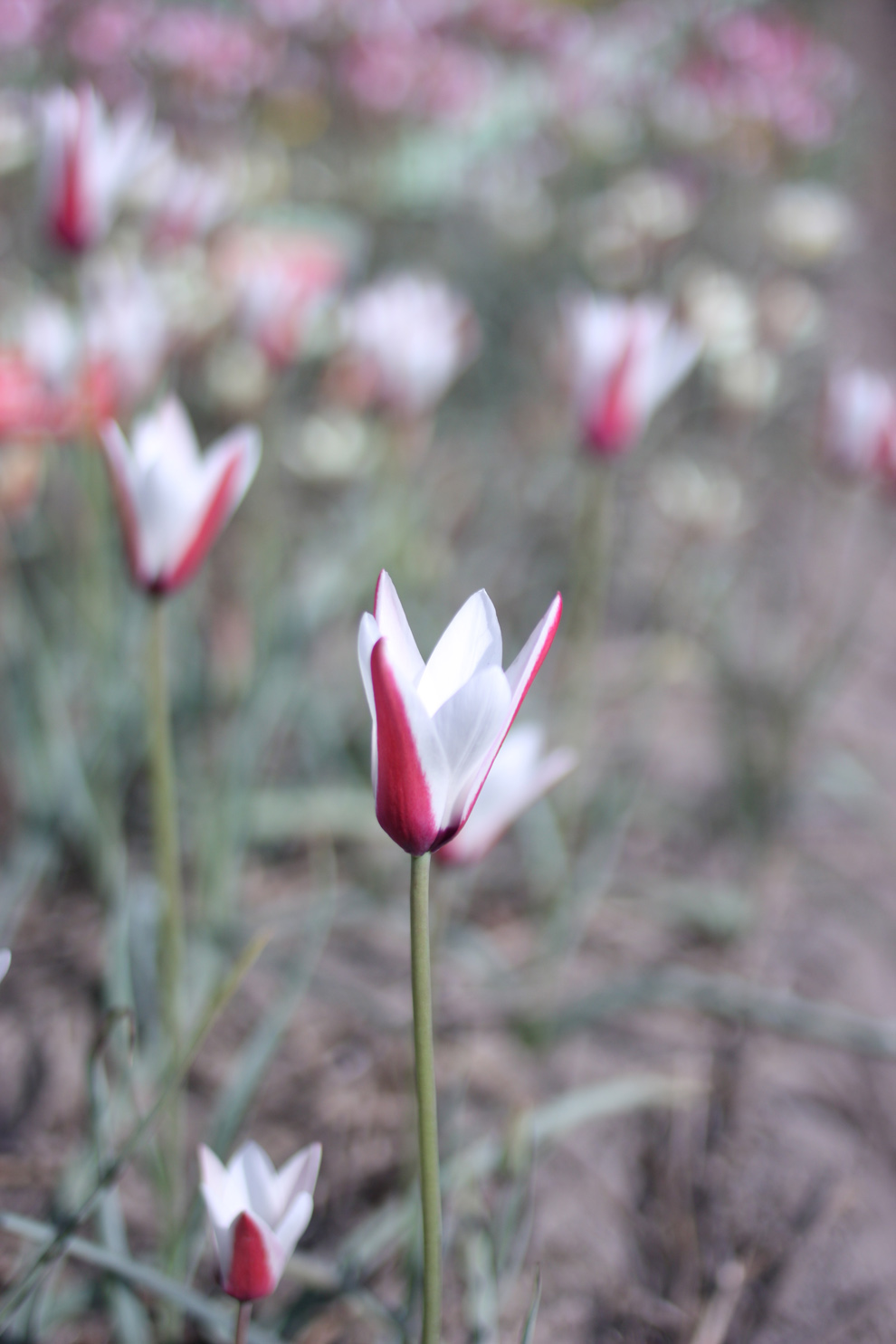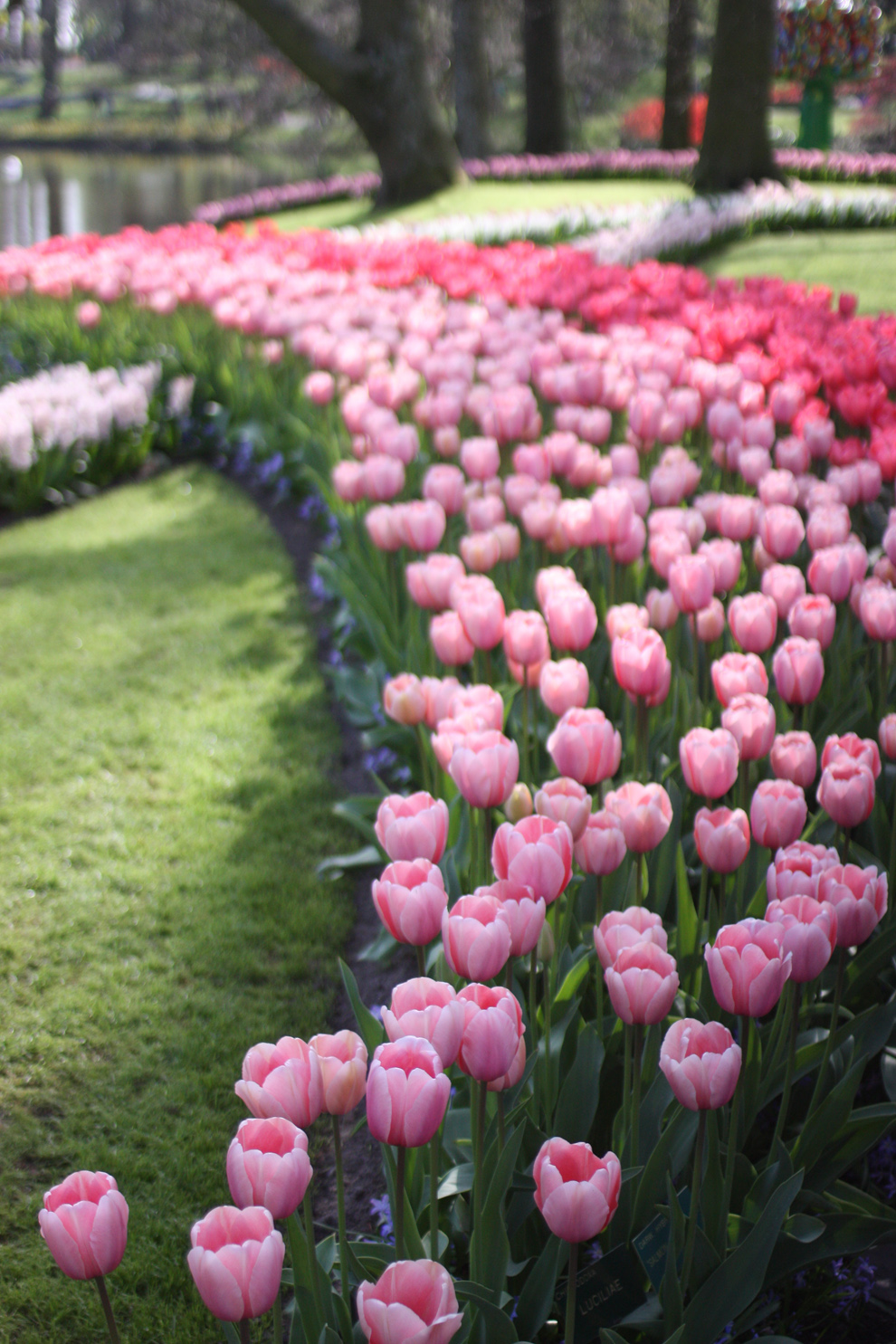
Hello everyone,
As you might have seen on Instagram, if you follow me there, I just came back from a trip to Holland, to Keukenhof, to be more precise. Keukenhof is a synonym for paradise for flower lovers and it is also known as the most beautiful spring garden in the world.
I was invited to Keukenhof along with two other bloggers, the travel blogger Udo and the garden blogger Olaf and we had a great time together during this tailor-made trip.
We started with a lovely guided tour of the Keukenhof park, followed by a bike ride through the flower fields and visit to a field where you can pick your own tulips. On the second day, we visited the historical garden of Hortus Bulborum and finished our lovely trip in Amsterdam with a guided tulip tour of the Rijksmuseum (I will tell you more about it in another blogpost later).
Here are the photos from my trip and my impressions, as well as some practical information, if you want to visit Keukenhof too.
1- Keukenhof:
In 2014 Keukenhof opened its gates for the 65th time. When the gates will close only eight weeks later, on May 18th, another 800,000 guests from all over the world will have visited the Keukenhof international flower exhibition in Holland. The park of Keukenhof is situated in the Lisse, only a few kilometres away from Amsterdam Schiphol's airport.
Keukenhof's mission is to be the international and independent showcase for the Dutch floricultural sector, with a special emphasis on flowering bulbs. I was very surprised to find out that among the 7 million flowers planted on over 32 hectares in the park, only half of them were tulips. In Keukenhof, you can find many other flowering bulbs, such as muscari, daffodils or hyacinths and fritillaria.
The park is literally carpeted with flowers and bursting with vibrant colours. Each year, thirty gardeners (29 male and one female gardener) plant bulbs at reserved locations throughout the park. At the end of the season, these bulbs are harvested, and a new cycle of planting, blooming and harvesting begins again in the autumn. The planting is redesigned every year. The plants are carefully selected so that visitors can enjoy bulbs in full bloom throughout the entire period Keukenhof is open. The seven million flower bulbs are supplied completely free of charge by a hundred exhibitors who could hardly imagine a better showcase for their products. The Netherlands is the world’s largest producer of tulip bulbs, with a surface area of 10,000 ha providing an annual 4.2 billion bulbs.
Keukenhof also has inspirational gardens, to give the visitors new ideas for their own garden, and a beautiful historical garden. The flower shows situated in the indoor pavilion are stunning and change every week. I was lucky to be there during the Hortensia show and see some beautiful sorts. During the opening season, 30 flower and plant shows take place at Keukenhof. Growers exhibit a wide variety of flowers and plants in all different colours and shapes. 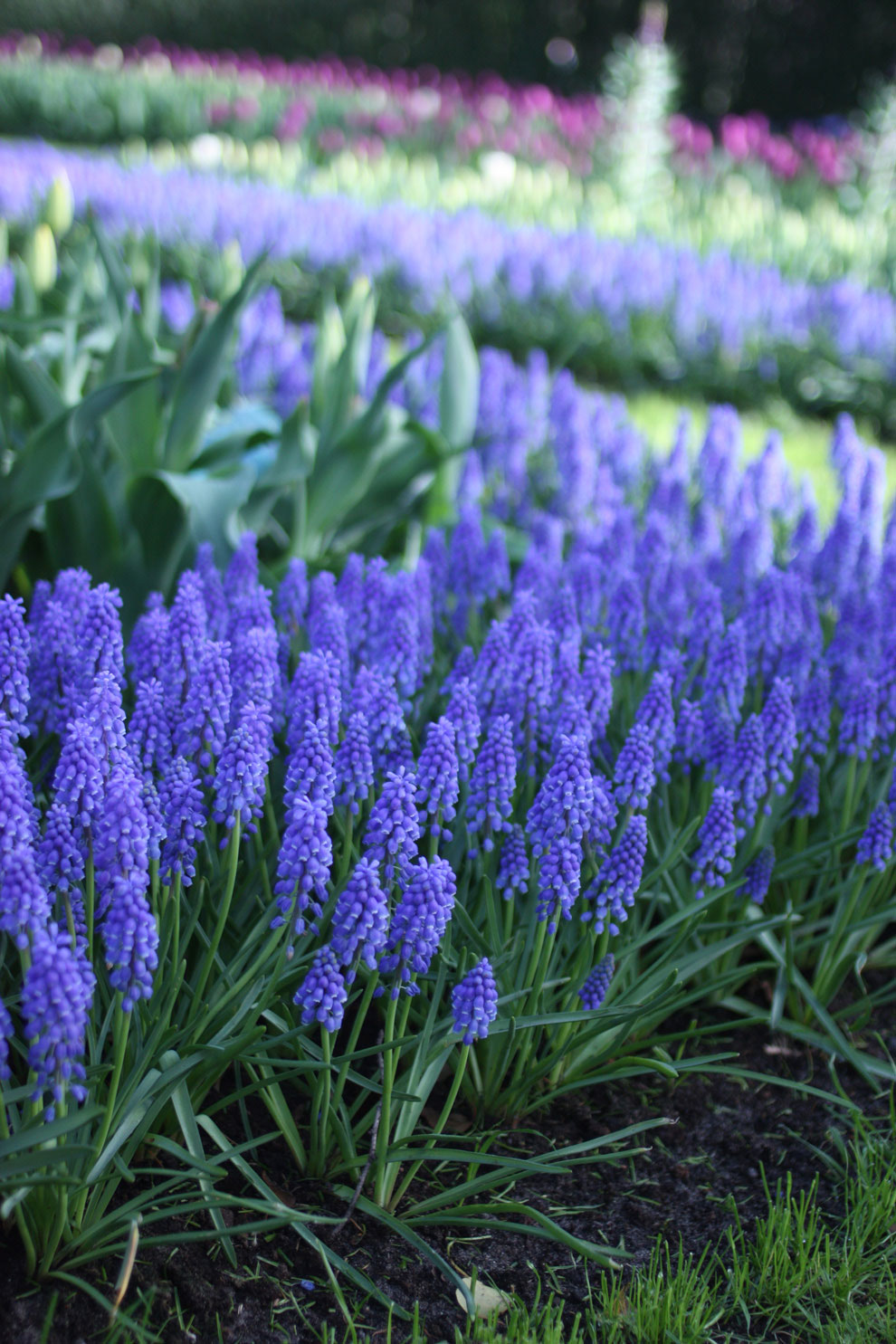
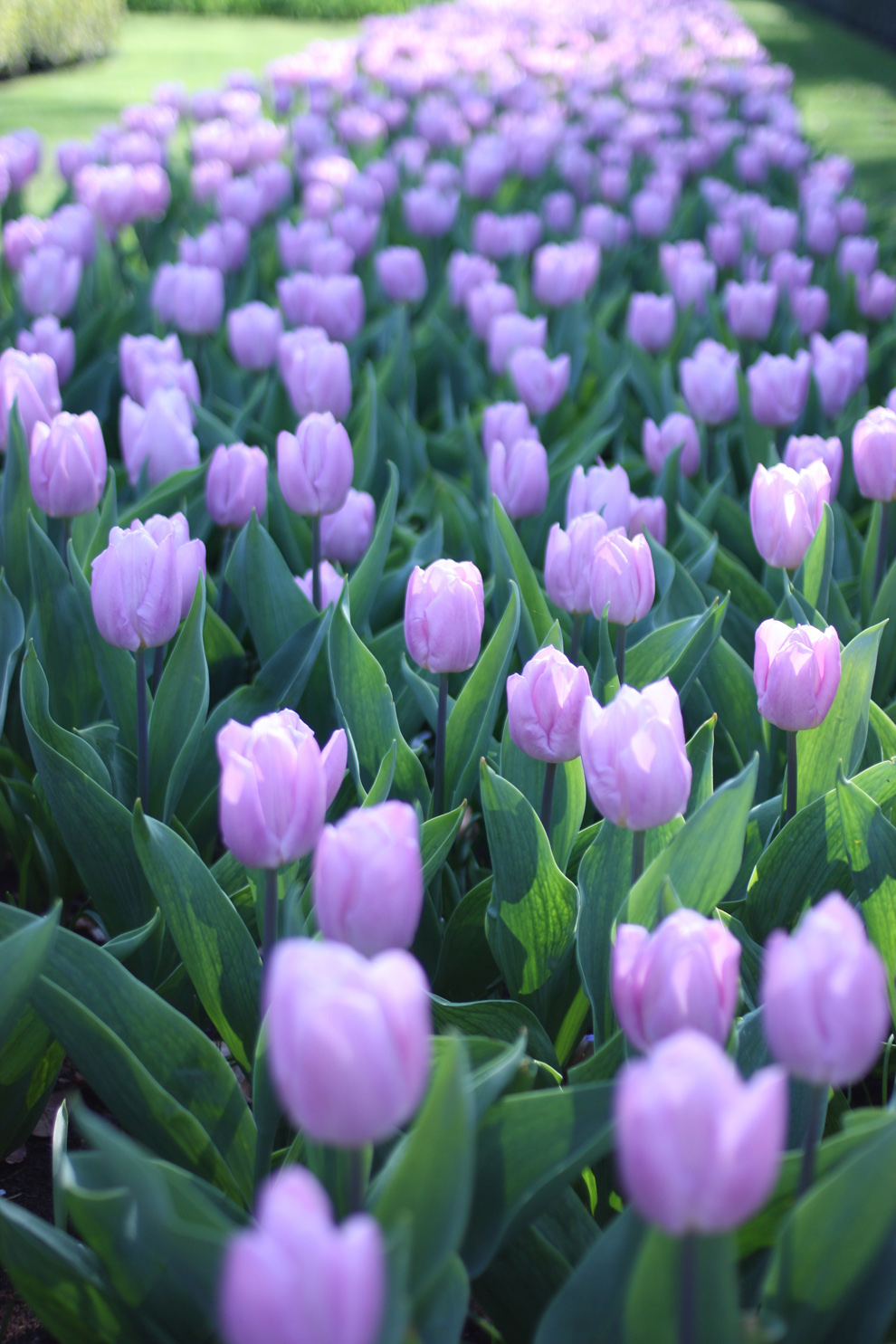
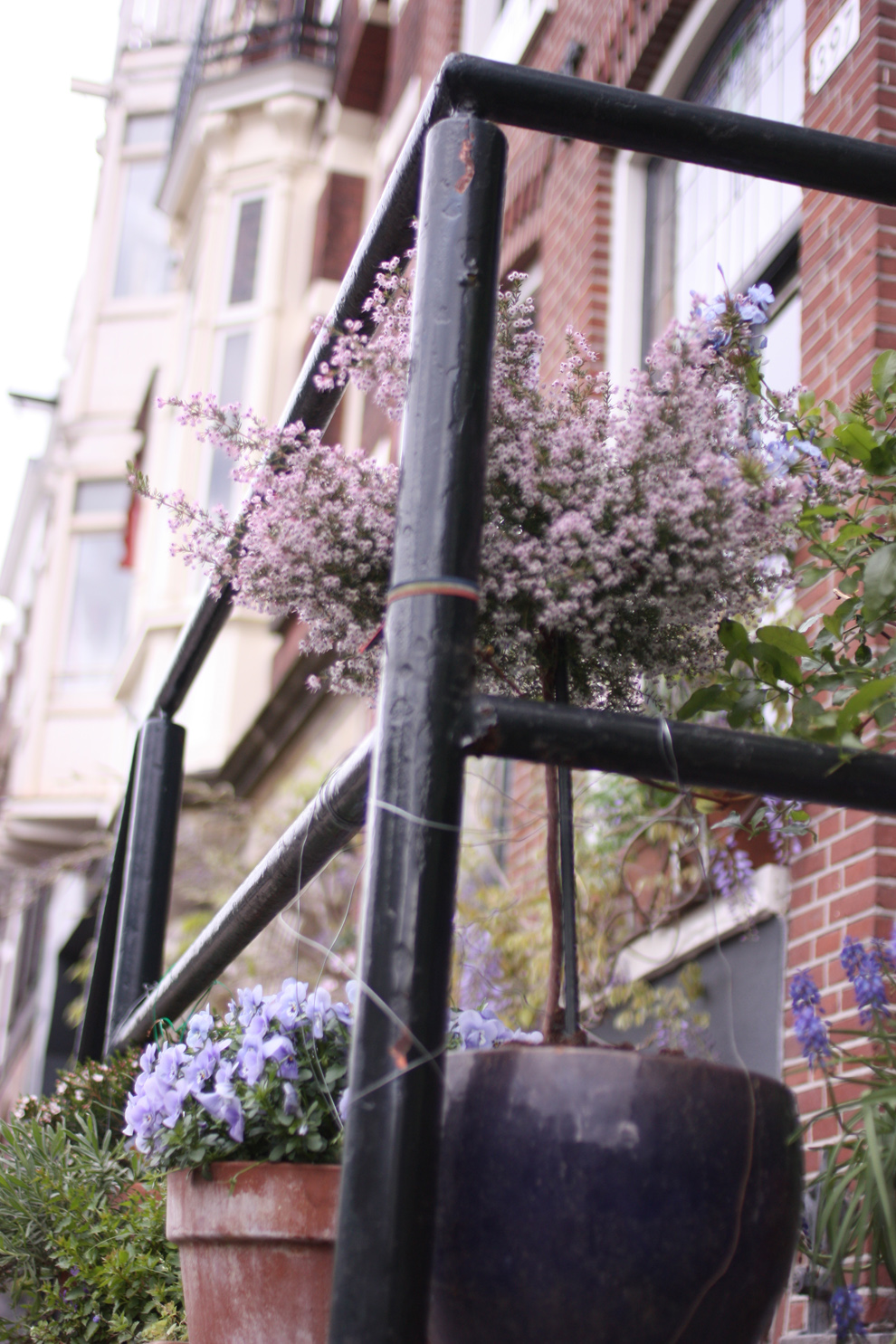 Hello everyone,
as promised on Instagram, here comes my blogpost about the green side of lovely Amsterdam. After two pretty intensive days visiting the Keukenhof park and the flower bulb region, I had a very nice and relaxing Sunday in Amsterdam with my friend Ivona. I had my camera with as we went for a walk and I decided to take another angle for my blogpost about Amsterdam and to show you the green side of the city. So no canal houses, bikes on the bridges or boats on the water even though they are beautiful.
I am showing you the green side of the city, but not the obvious green side, with the blooming cherry trees and the lovely parks, but the plants and flowers in front of the houses and in the shop windows. When you walk around Amsterdam, you really realise, how much the flowers are loved in this city and how beautifully they are displayed. So here are a couple of photos, I took during my walk in the city centre of Amsterdam, in the restaurants and cafés and even in the lobby of the beautiful Rijksmuseum.
So here are some wisteria, rosebuds, lilac and clematis for you, and of course also a couple of tulips!
I wish you a great day! I will be back soon with a round to my visit to the daffodils festival on Saturday on some designers I love.
Have a great afternoon!
Elodie
Hello everyone,
as promised on Instagram, here comes my blogpost about the green side of lovely Amsterdam. After two pretty intensive days visiting the Keukenhof park and the flower bulb region, I had a very nice and relaxing Sunday in Amsterdam with my friend Ivona. I had my camera with as we went for a walk and I decided to take another angle for my blogpost about Amsterdam and to show you the green side of the city. So no canal houses, bikes on the bridges or boats on the water even though they are beautiful.
I am showing you the green side of the city, but not the obvious green side, with the blooming cherry trees and the lovely parks, but the plants and flowers in front of the houses and in the shop windows. When you walk around Amsterdam, you really realise, how much the flowers are loved in this city and how beautifully they are displayed. So here are a couple of photos, I took during my walk in the city centre of Amsterdam, in the restaurants and cafés and even in the lobby of the beautiful Rijksmuseum.
So here are some wisteria, rosebuds, lilac and clematis for you, and of course also a couple of tulips!
I wish you a great day! I will be back soon with a round to my visit to the daffodils festival on Saturday on some designers I love.
Have a great afternoon!
Elodie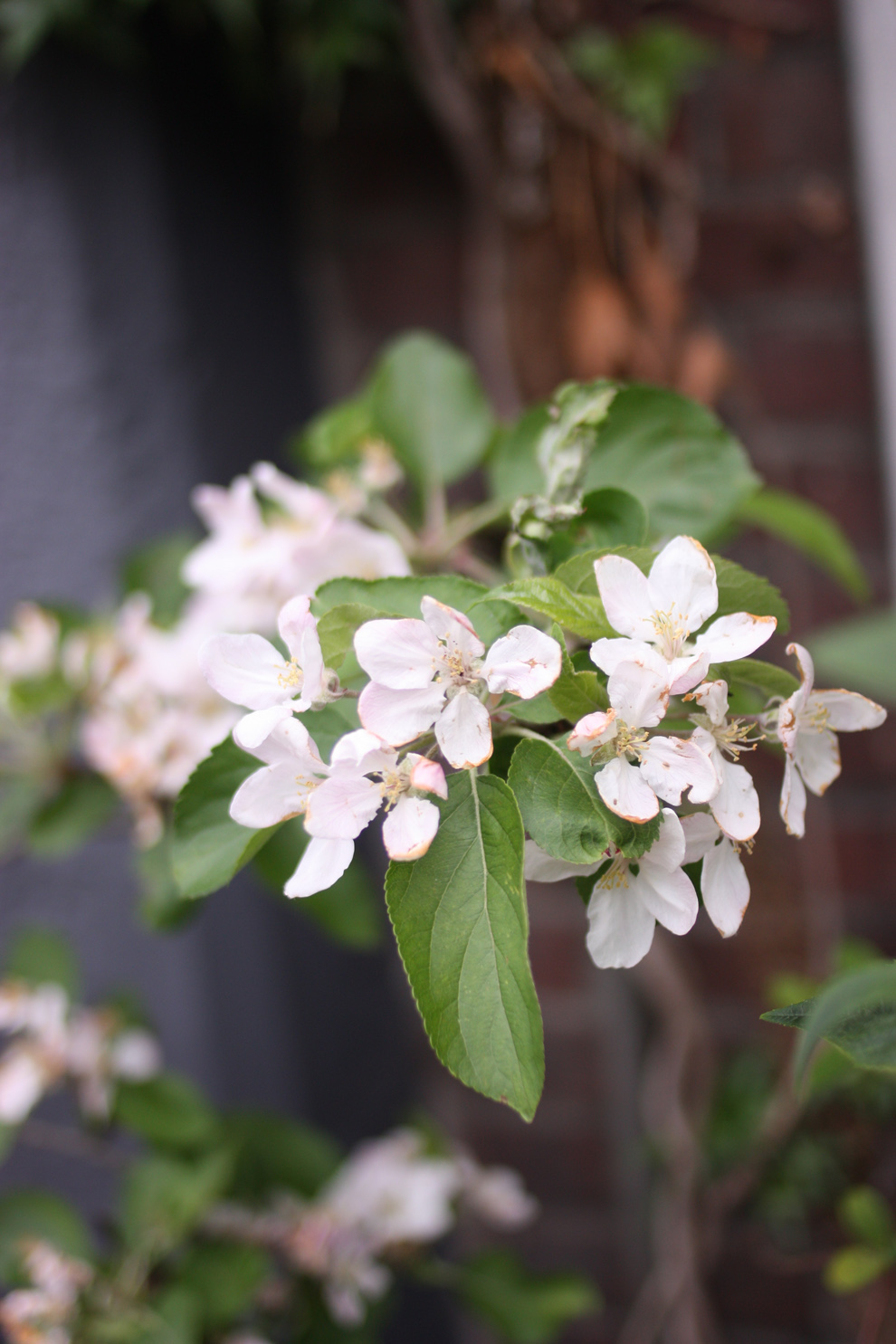
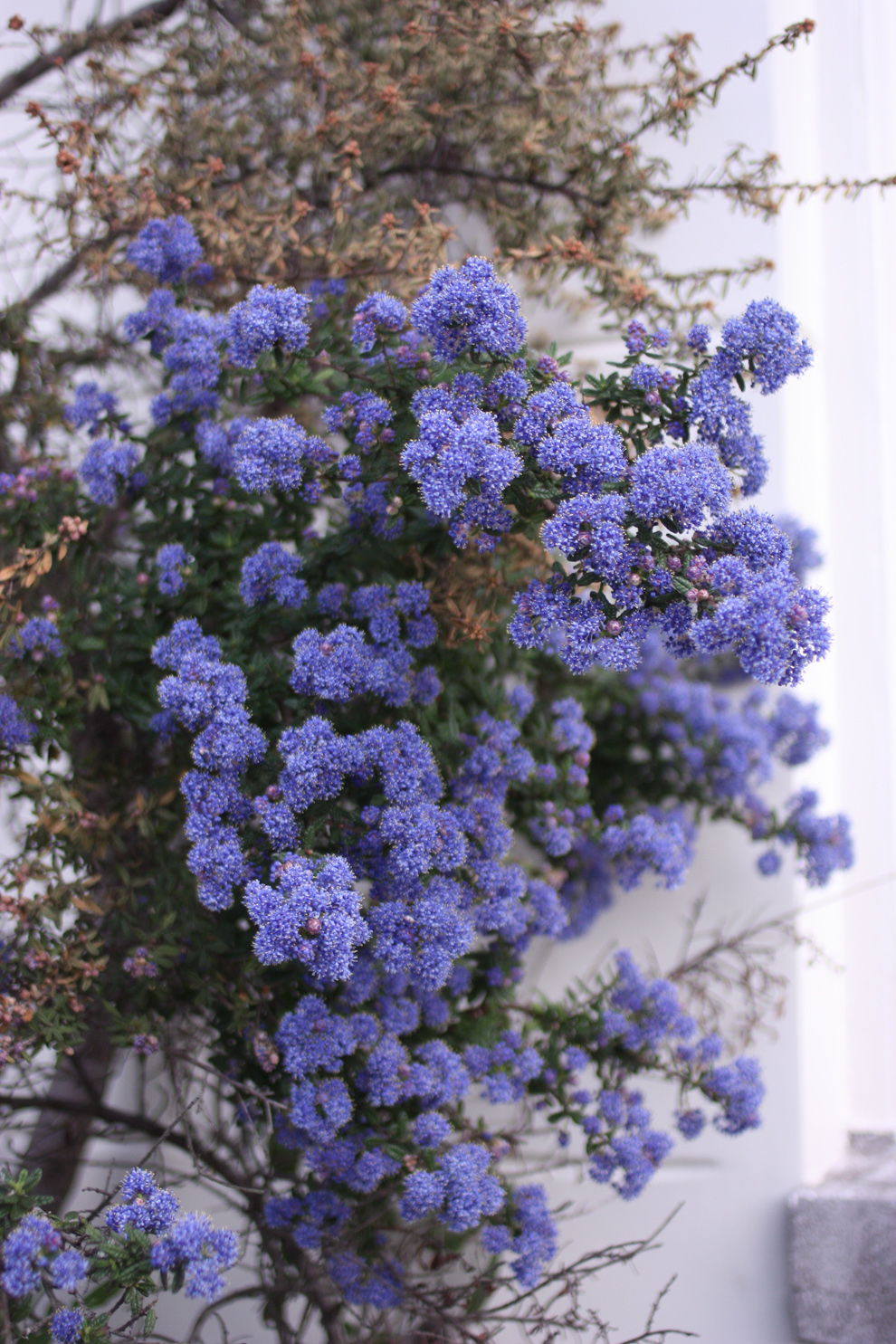
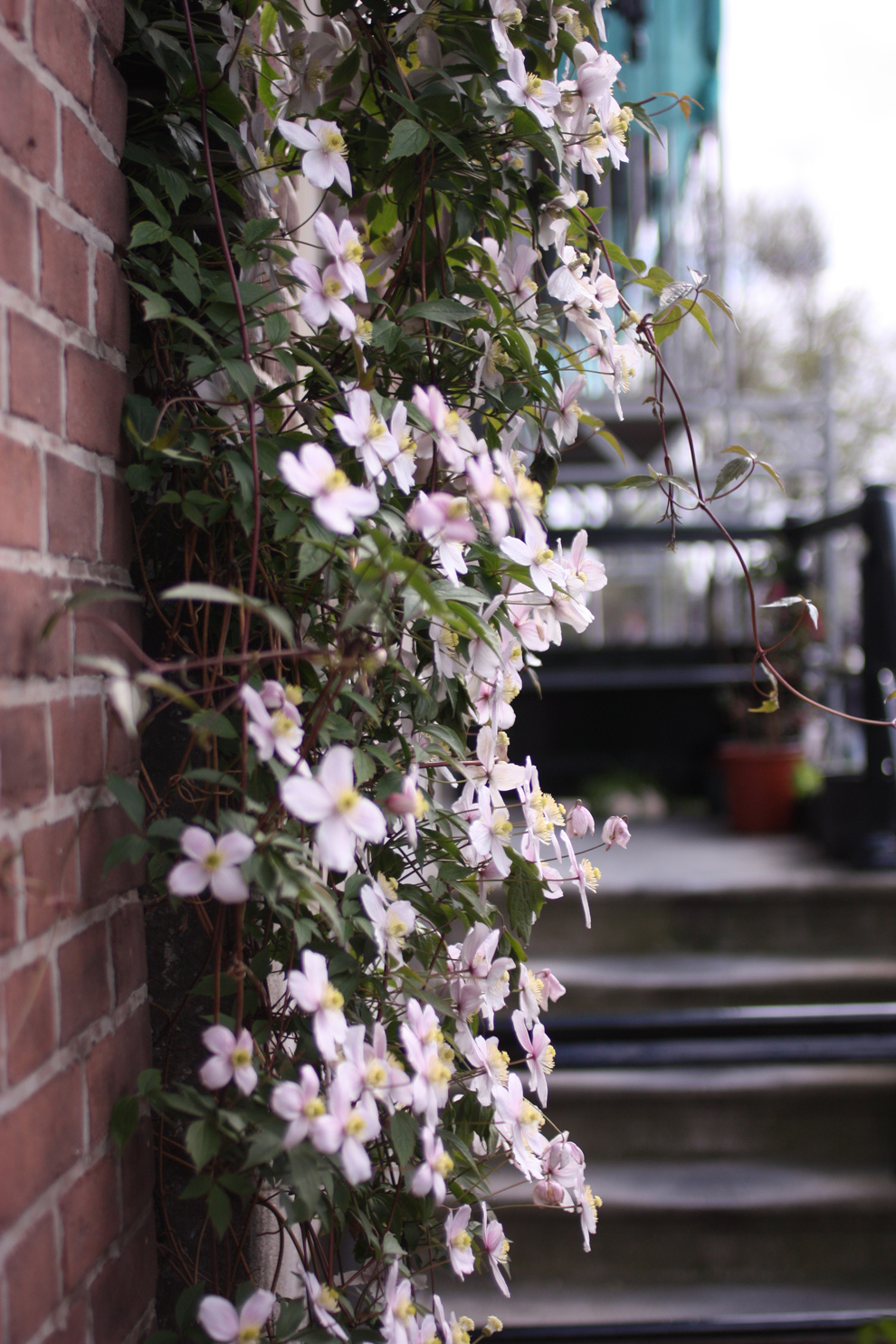
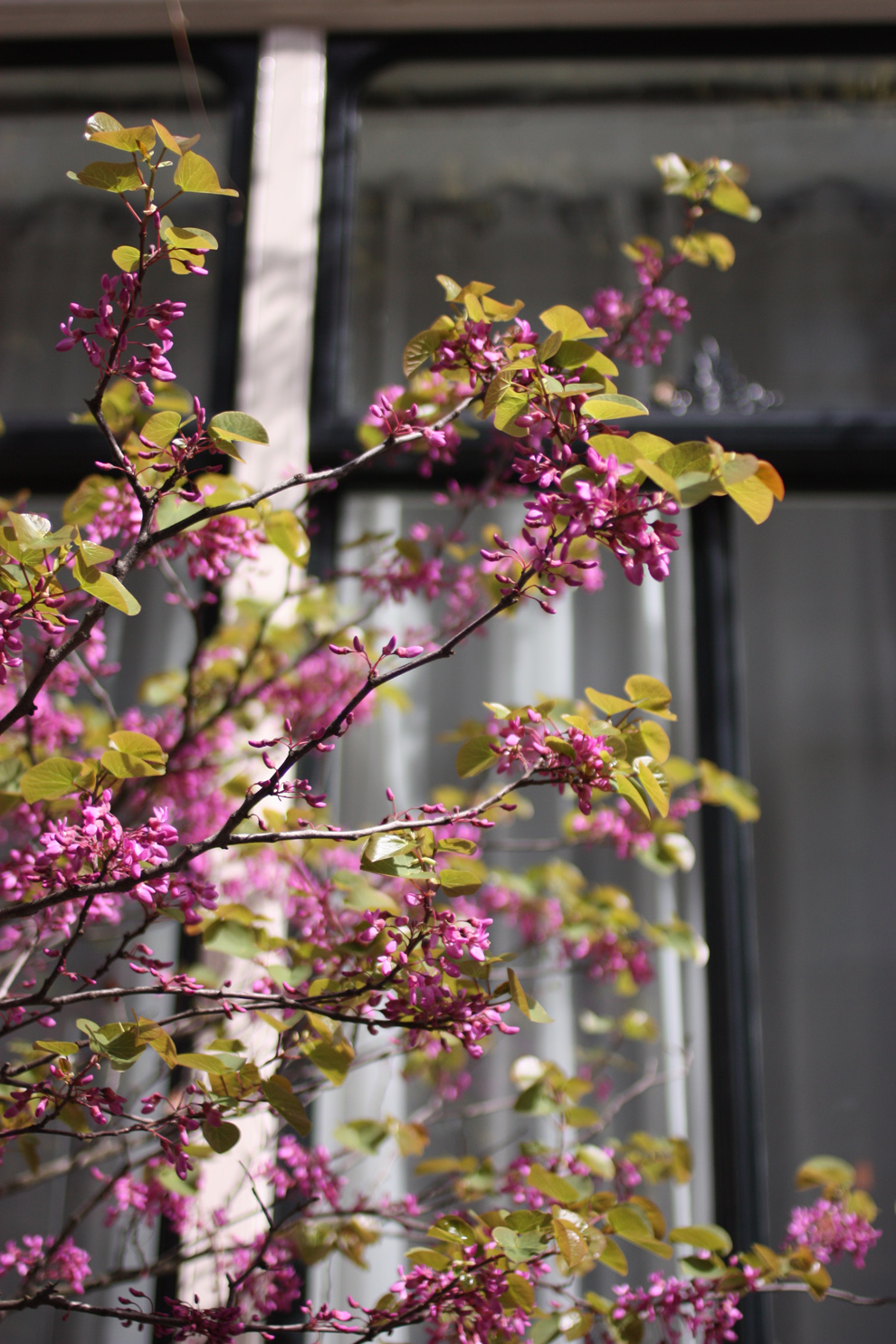
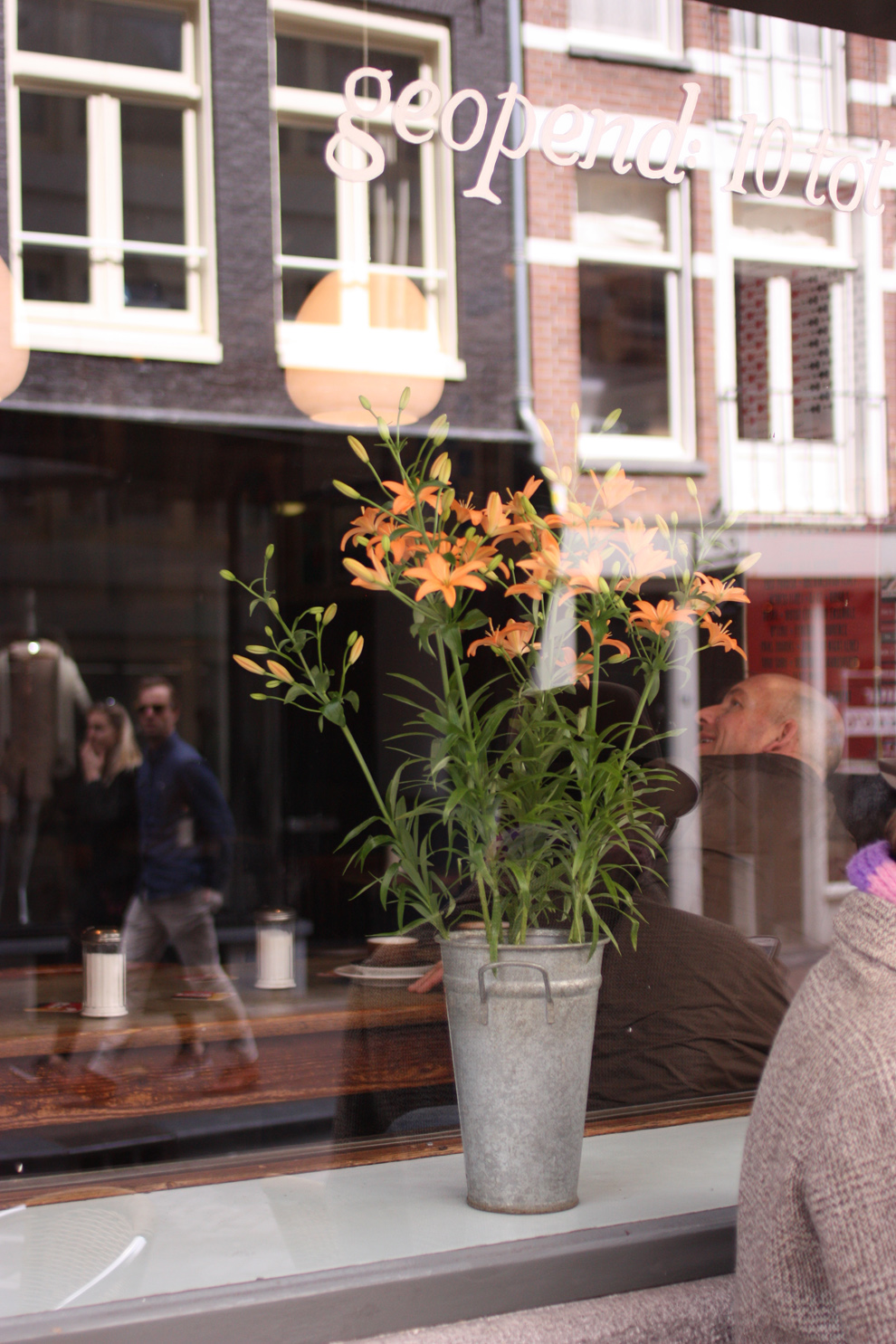
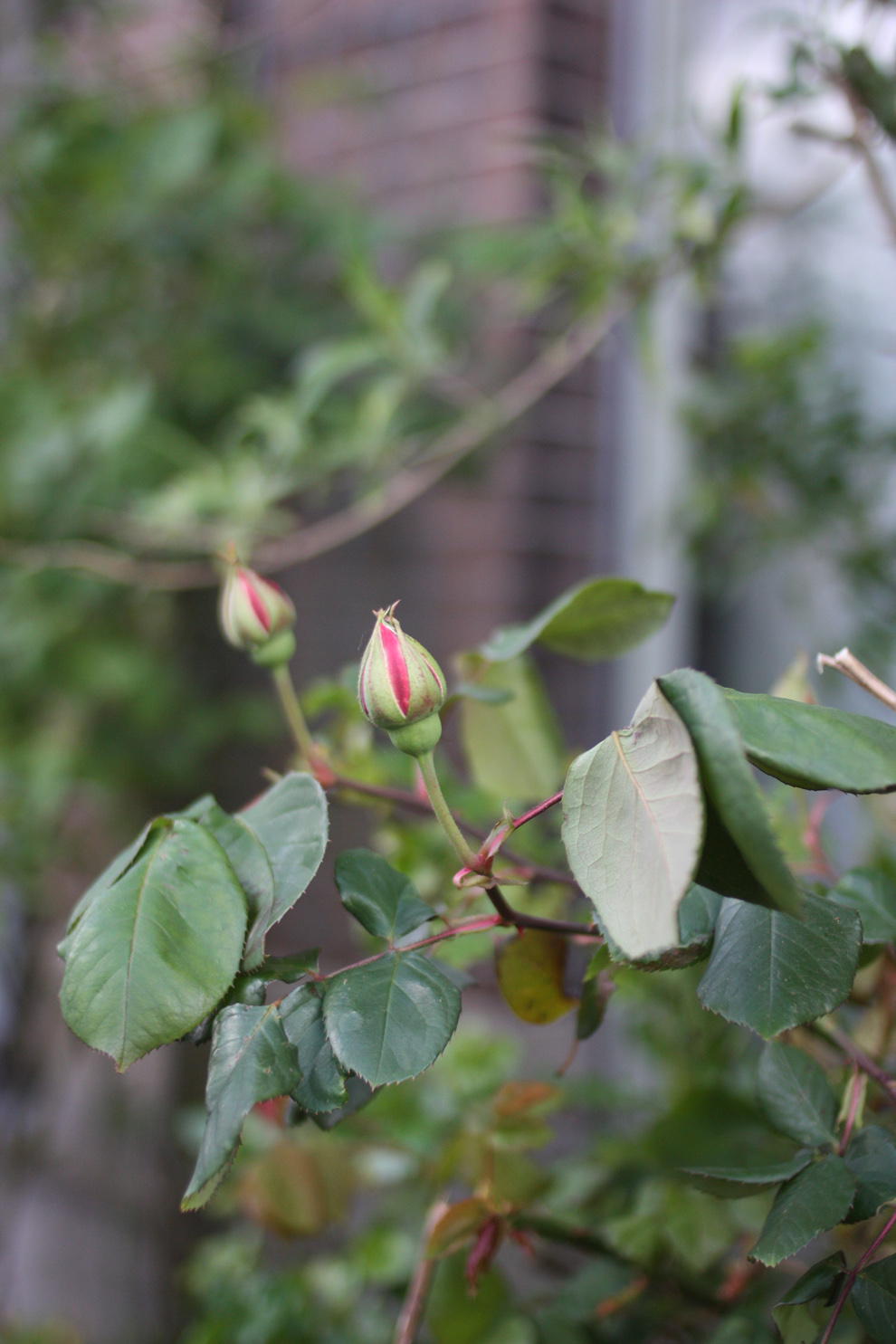
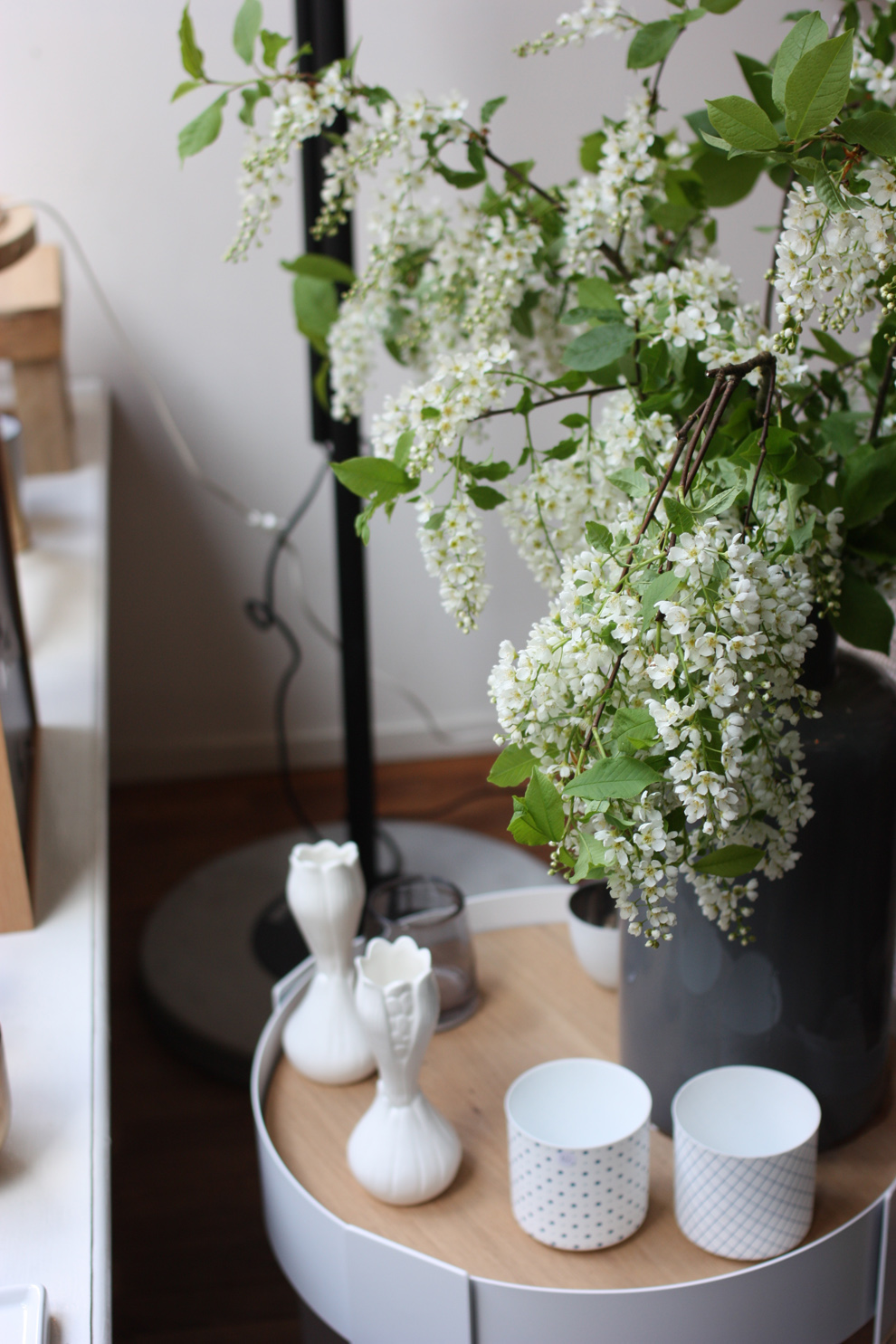
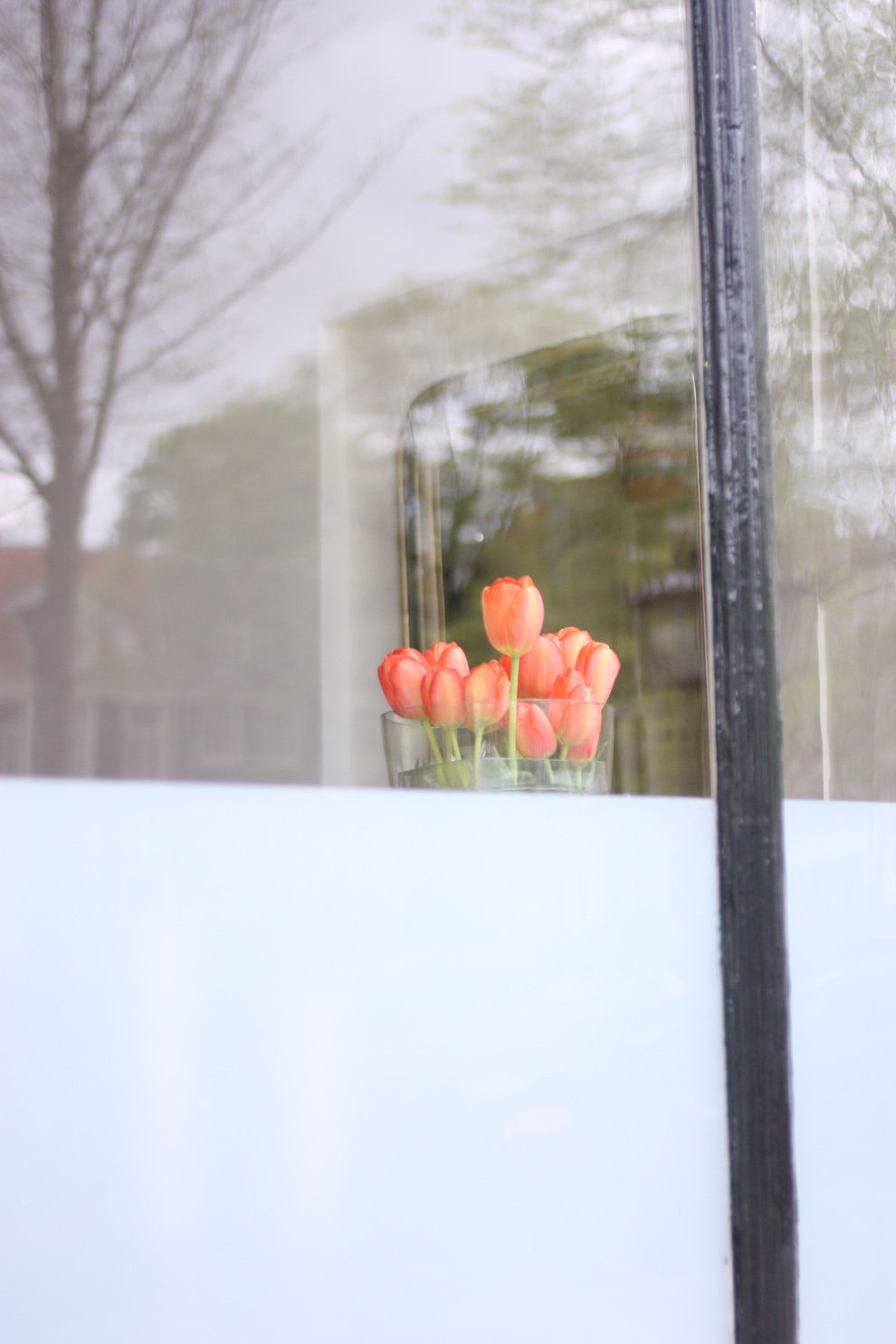
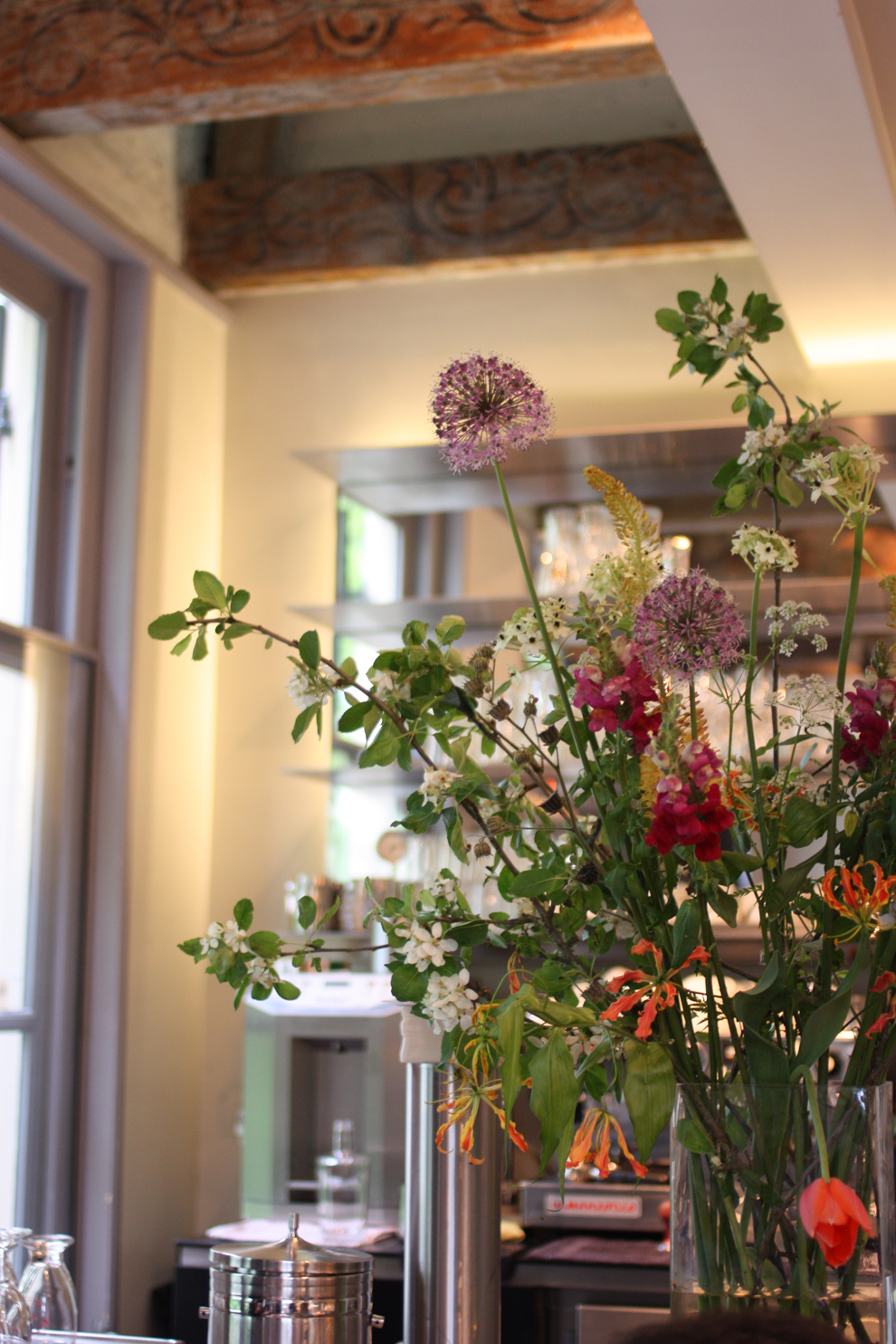
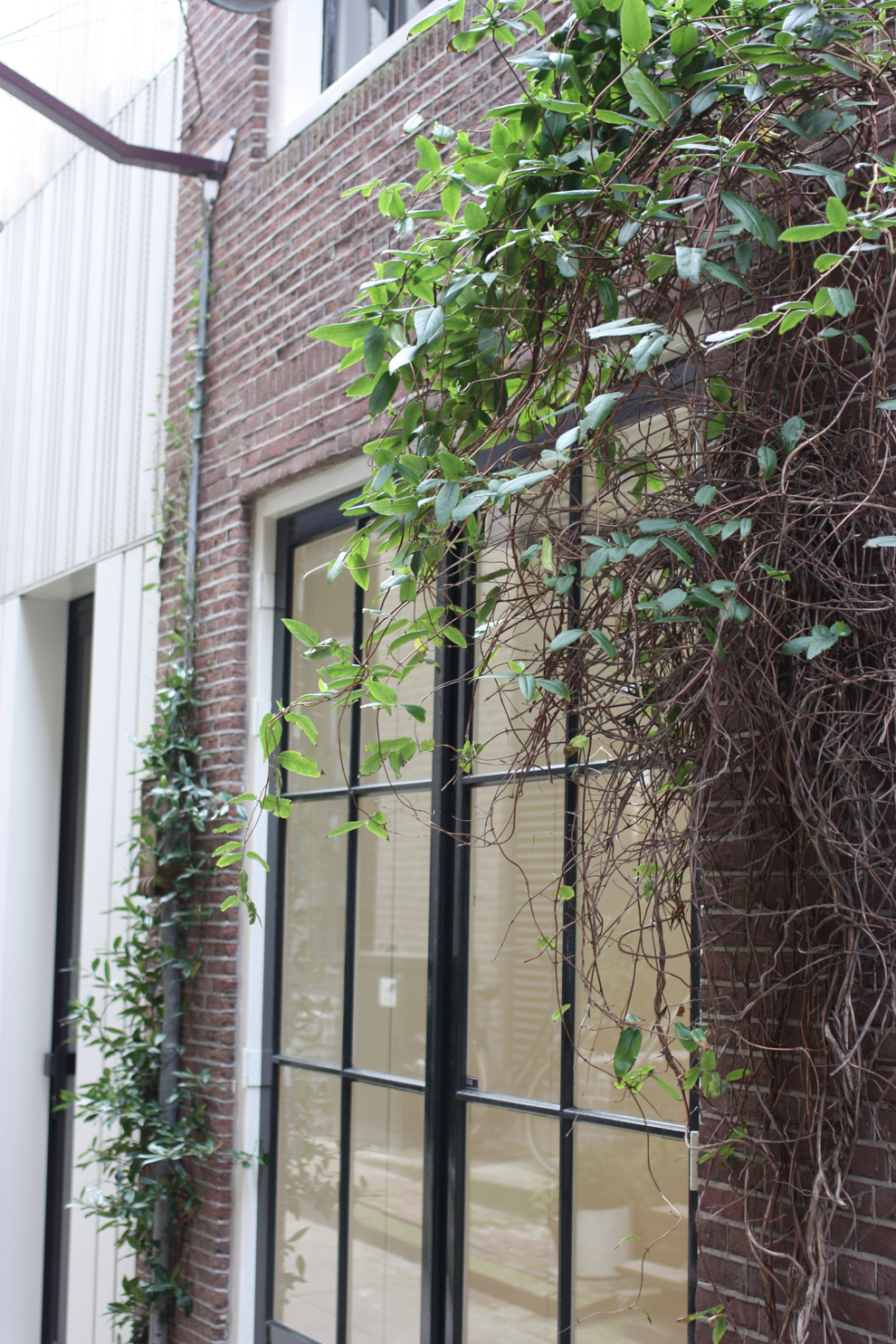
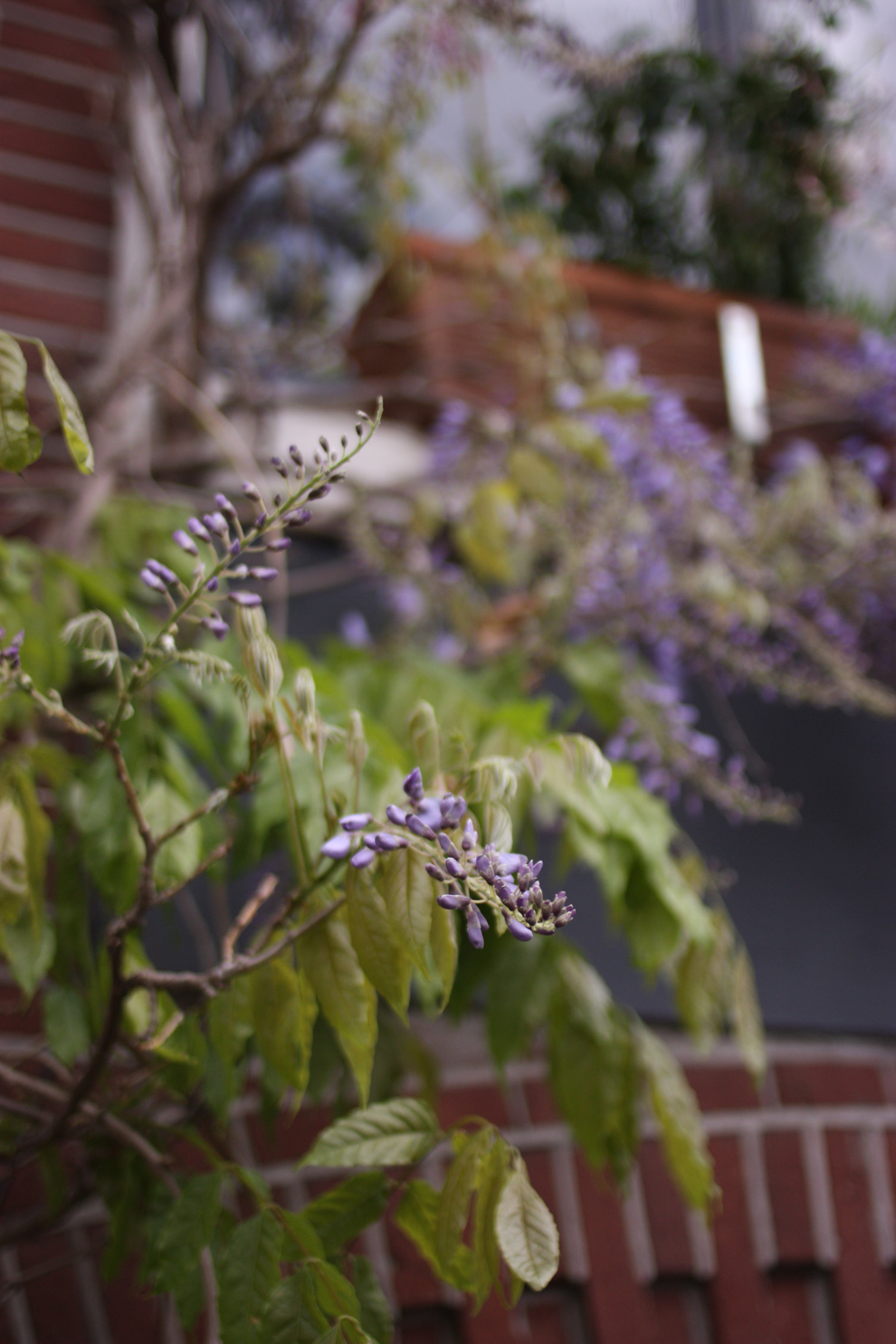
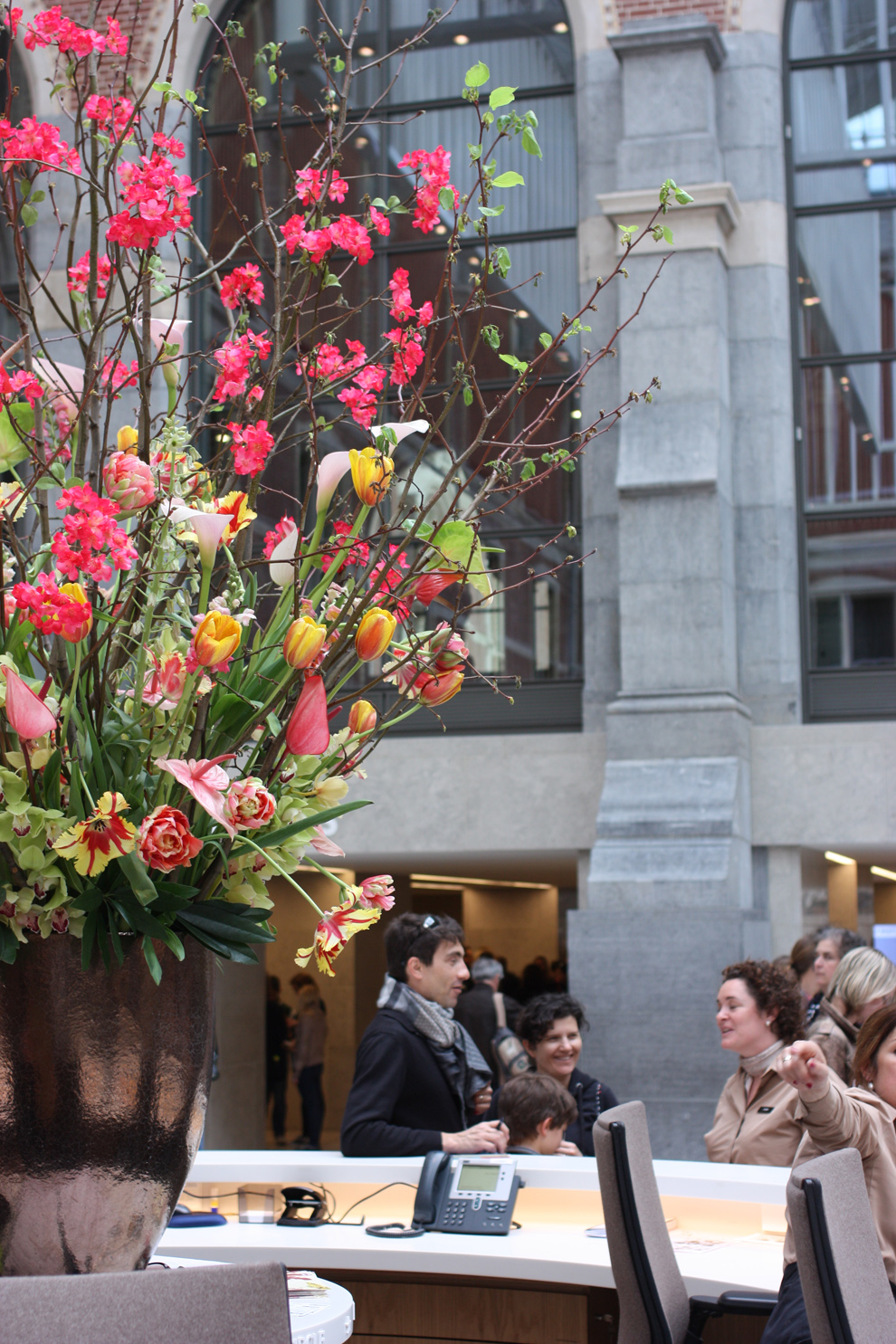 For regular updates, follow madame love on Bloglovin and Facebook
For regular updates, follow madame love on Bloglovin and Facebook


